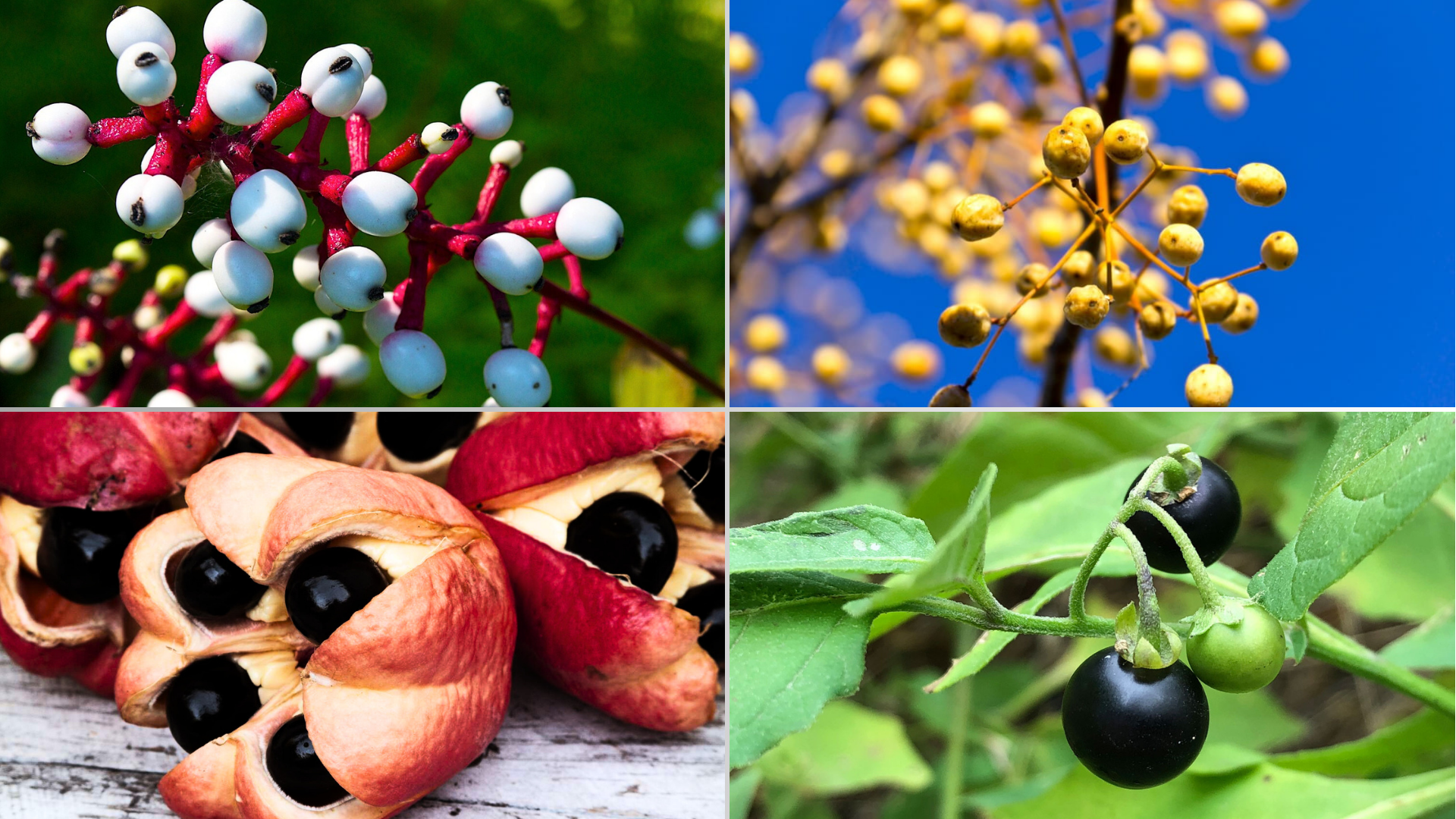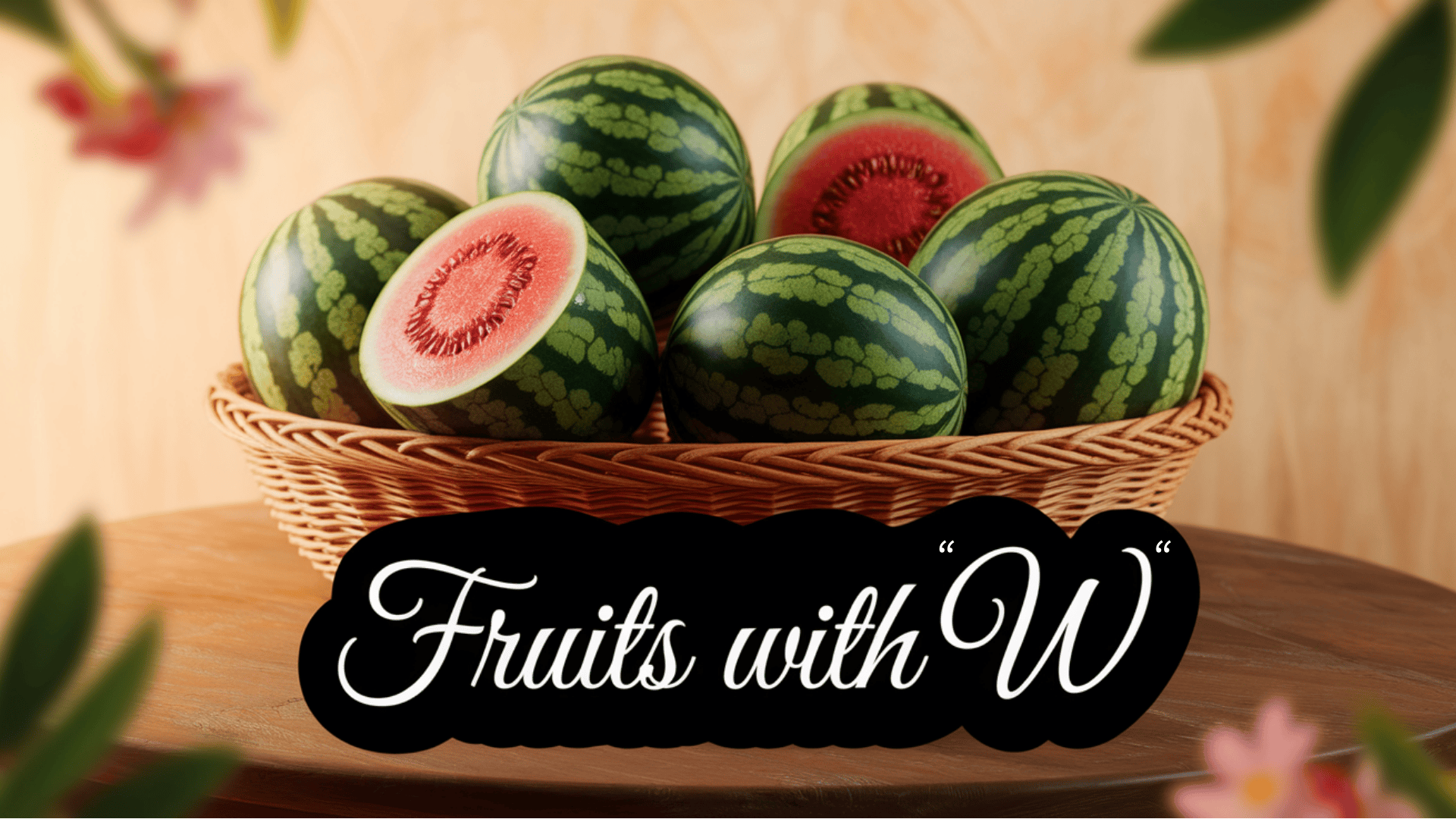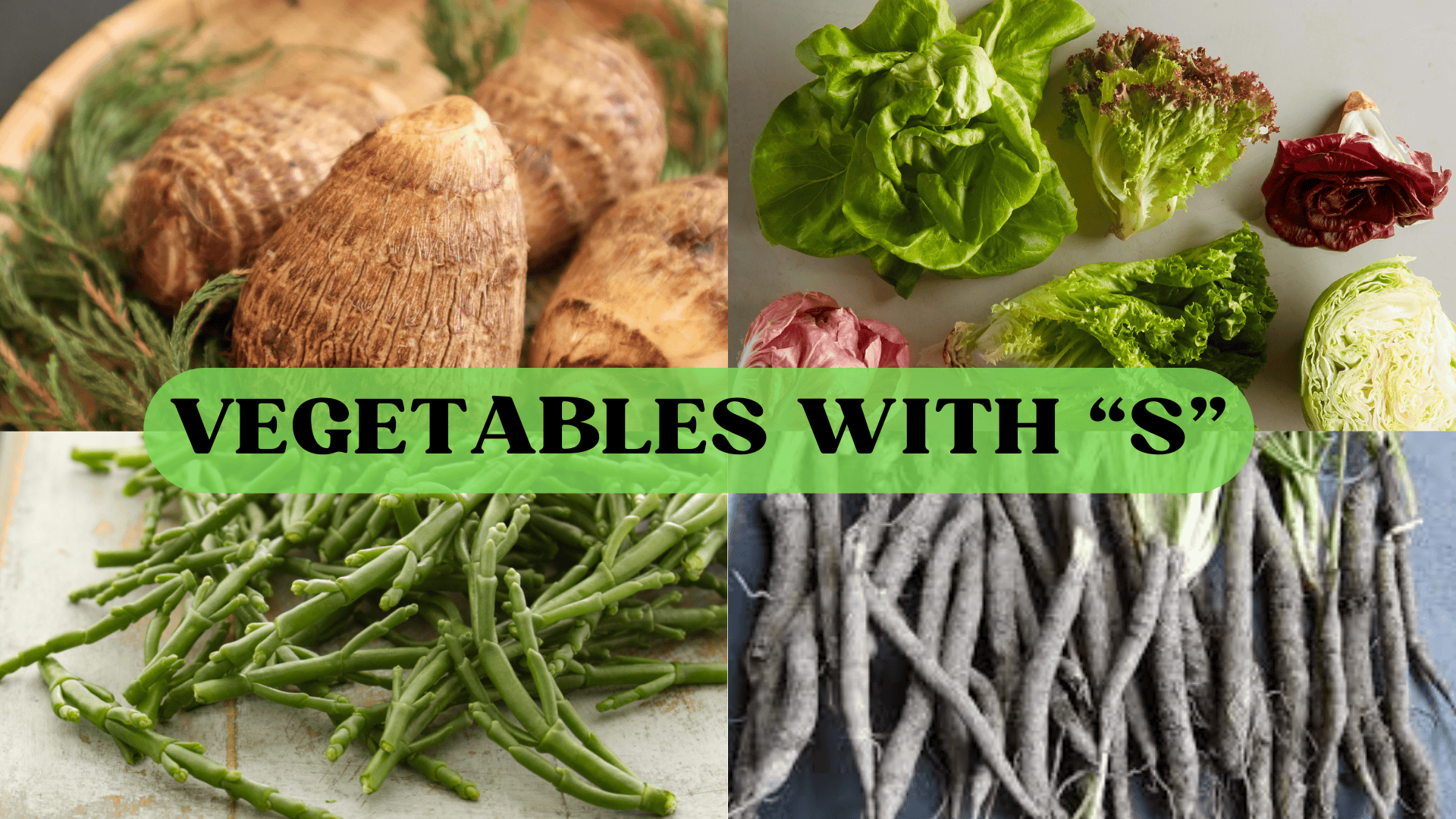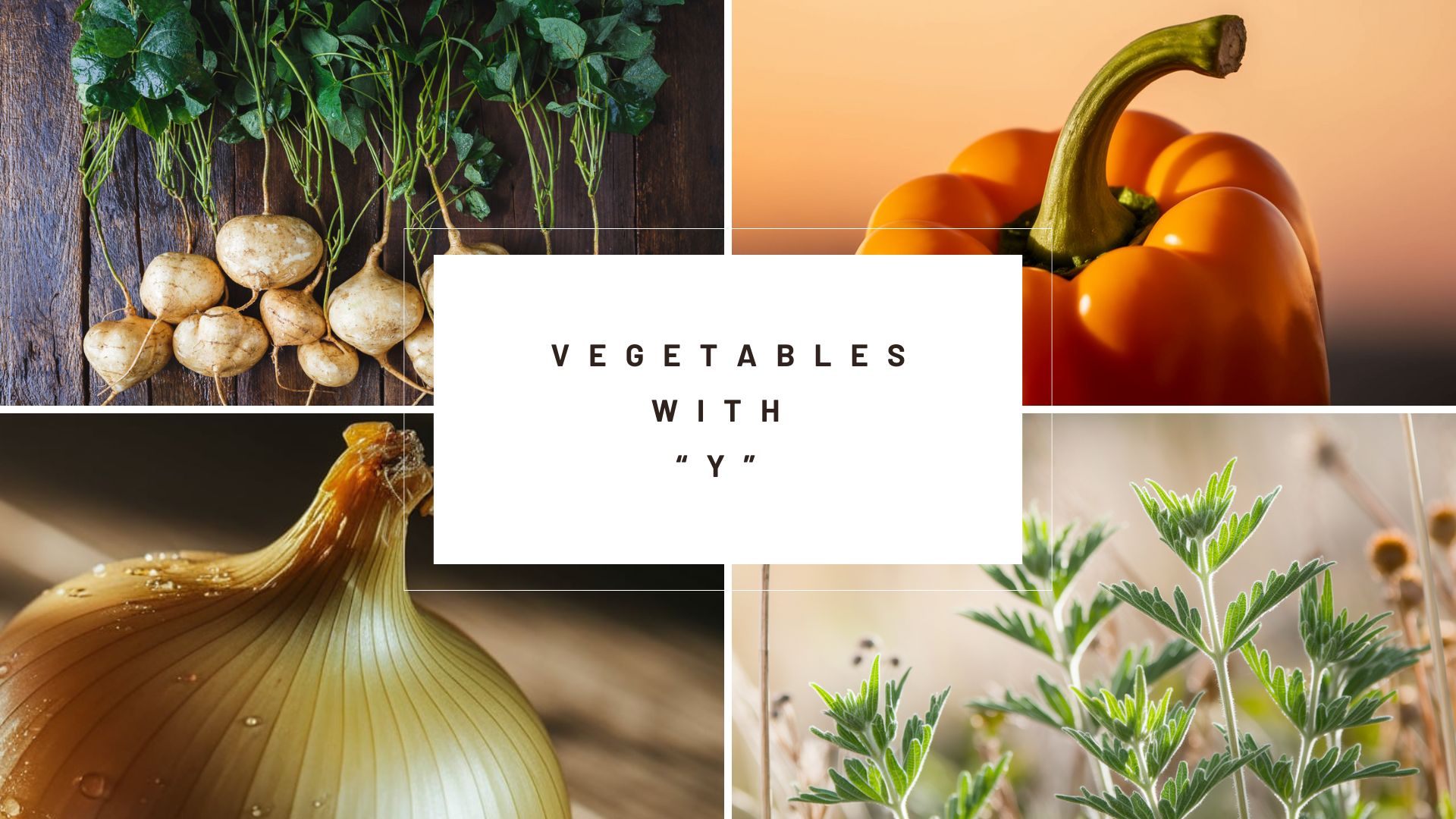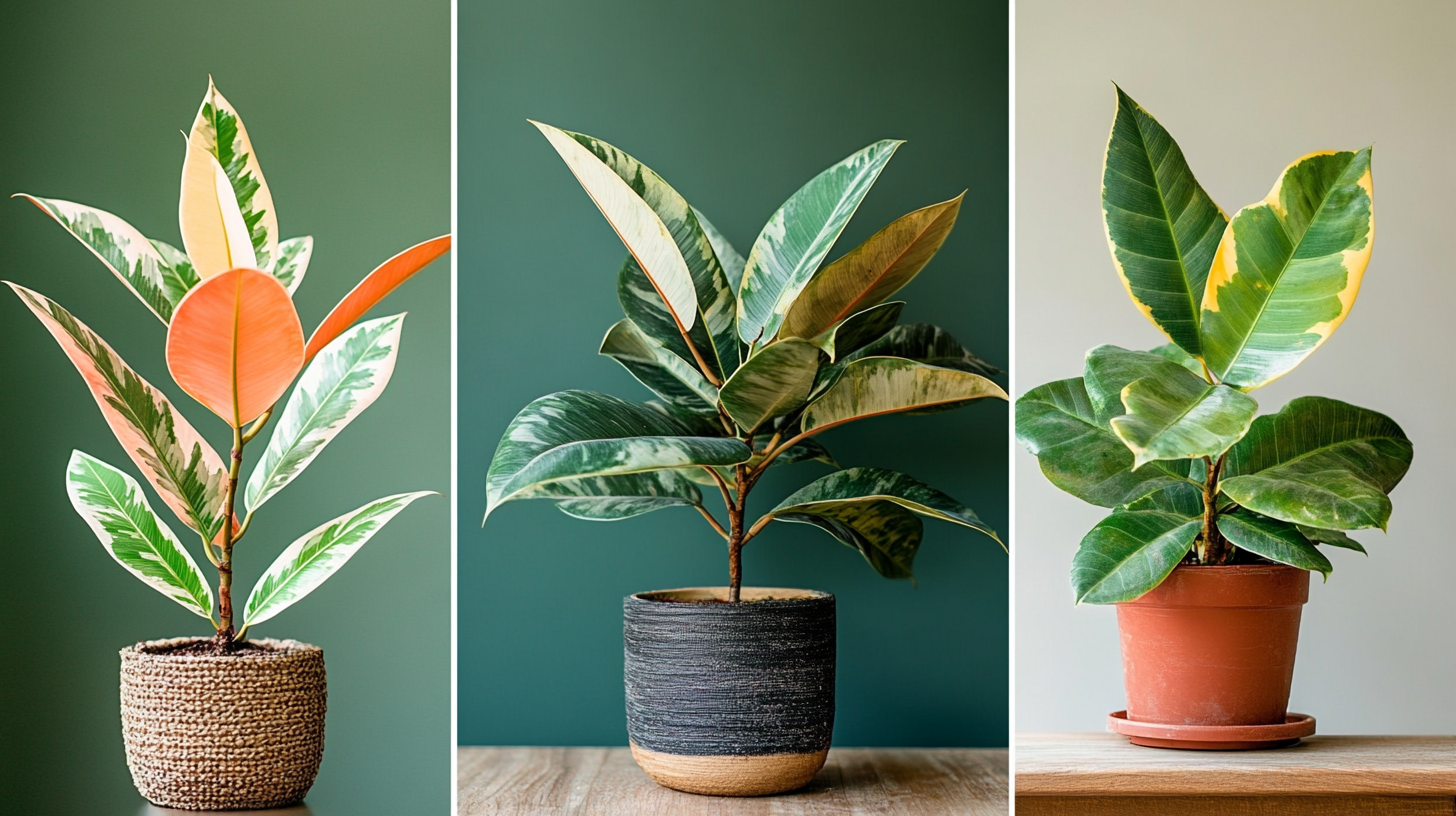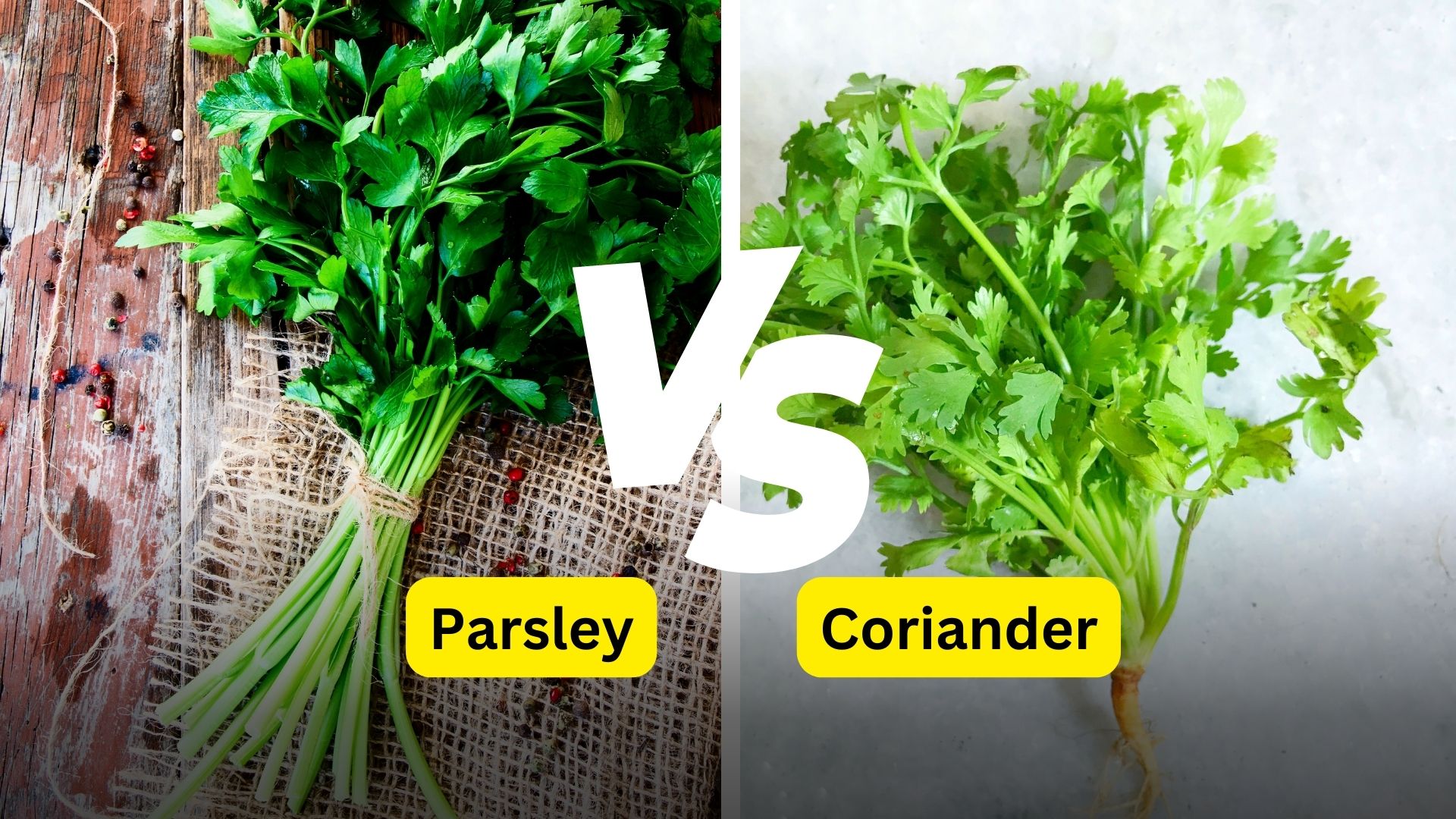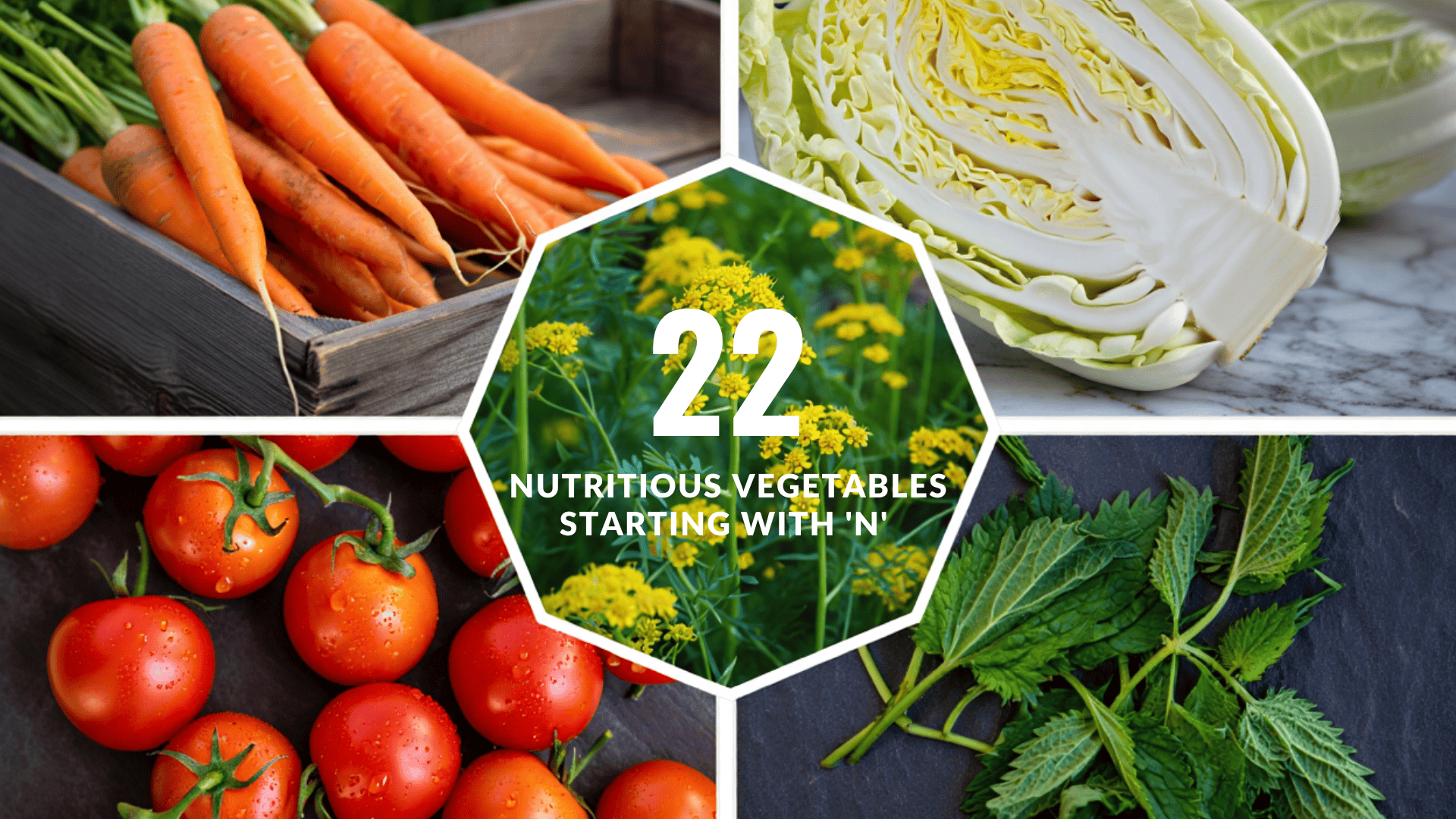
Welcome to our fresh exploration of “Vegetables with N” – nature’s nutritious nibbles that may not always take center stage in your culinary creations! From the familiar napa cabbage to the more exotic nopales, this collection introduces you to a diverse array of vegetables beginning with the letter N.
Each profile provides essential information about nutritional benefits, culinary applications, and growing conditions—plus interesting facts that showcase these underappreciated garden gems.
If you’re a passionate home cook, nutrition enthusiast, or gardener looking to diversify your plot, these concise yet comprehensive profiles offer valuable insights into these must-try veggies.
Join us as we guide through gardens, farms, and markets worldwide to discover the nourishing potential of these “N” vegetables.
Add These 22 Must-Try ‘N’ Vegetables to Your List
1. Naga Jolokia Pepper
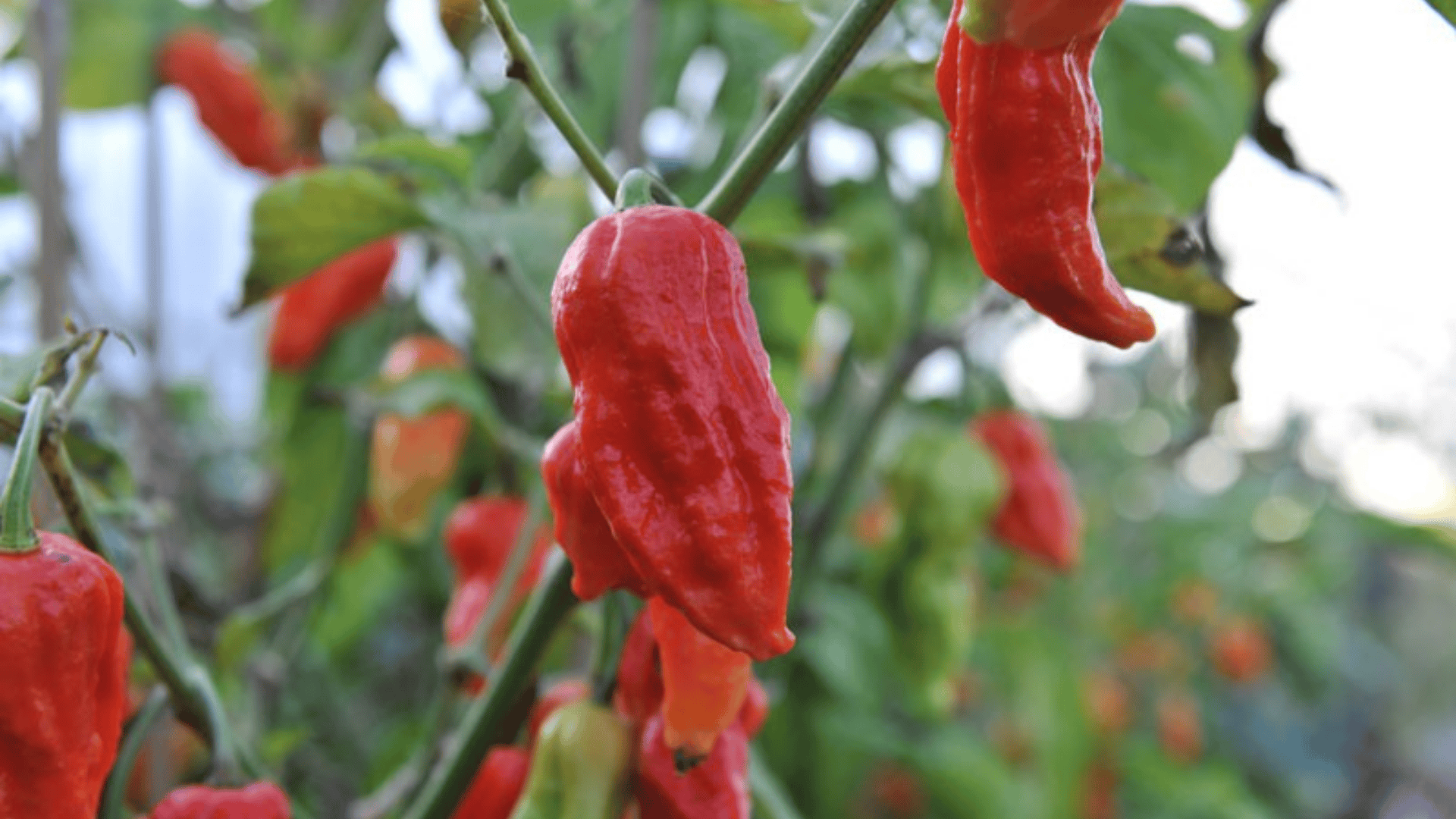
Also known as the ghost pepper, this fiery chili is one of the hottest peppers in the world, with a Scoville rating exceeding 1,000,000 units.
-
Origin: Northeastern India
-
Nutritional Benefit: Contains capsaicin, which may help reduce inflammation and improve metabolism.
-
Culinary Pairings: Used in hot sauces, curries, and spicy marinades.
-
Storage Tips: Store dried in airtight containers or refrigerate fresh peppers for up to a week.
2. Naga Morich Pepper
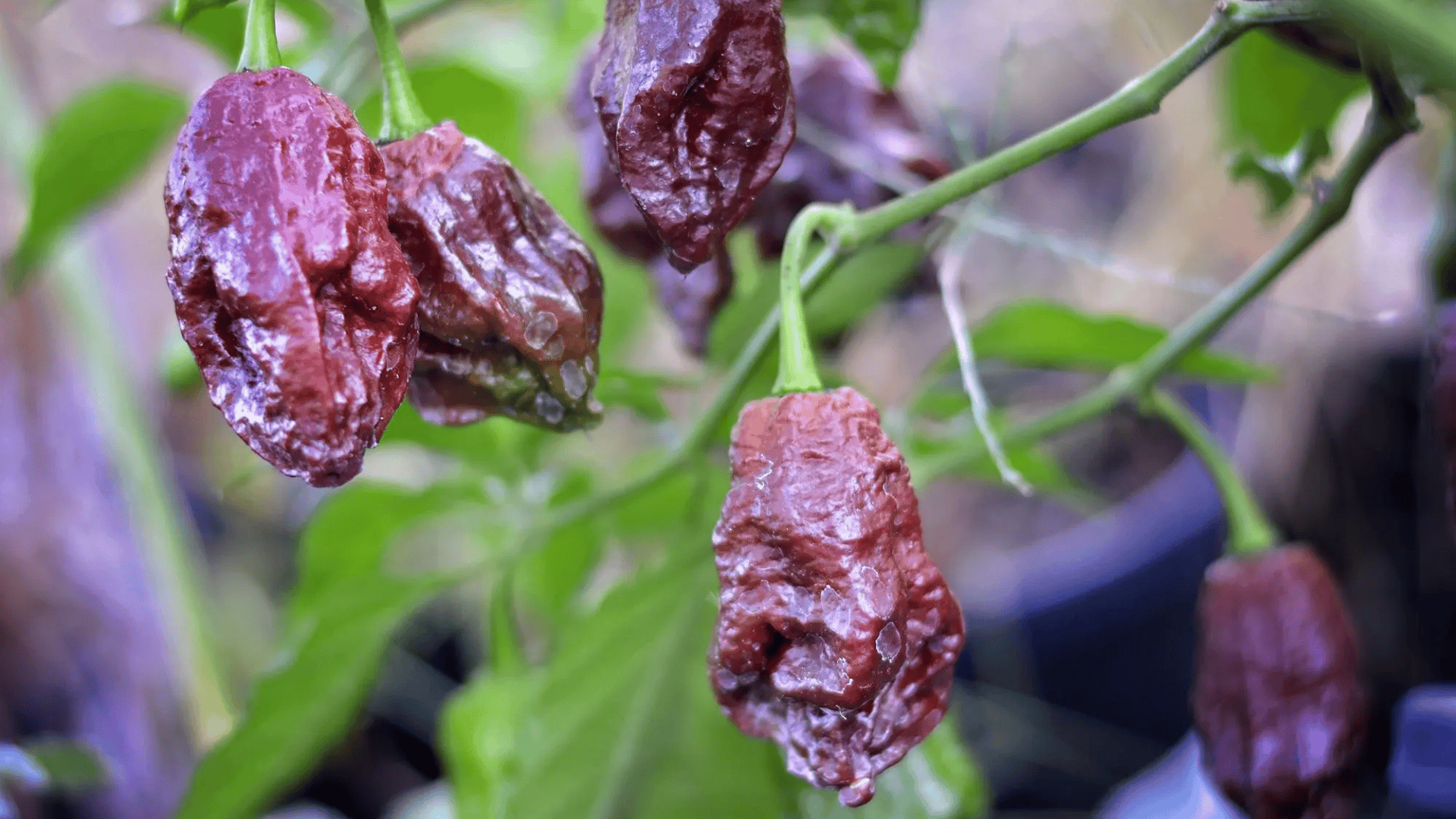
Similar in heat to the ghost pepper, this Bangladeshi chili offers intense spice with a slightly fruity flavor.
-
Origin: Bangladesh and northeastern India
-
Nutritional Benefit: High in vitamin C and antioxidants, supports immune function.
-
Culinary Pairings: Ideal for chutneys, pickles, and fiery spice mixes.
-
Storage Tips: Dry and store in airtight containers or freeze fresh pods.
3. Nagaimo Yam
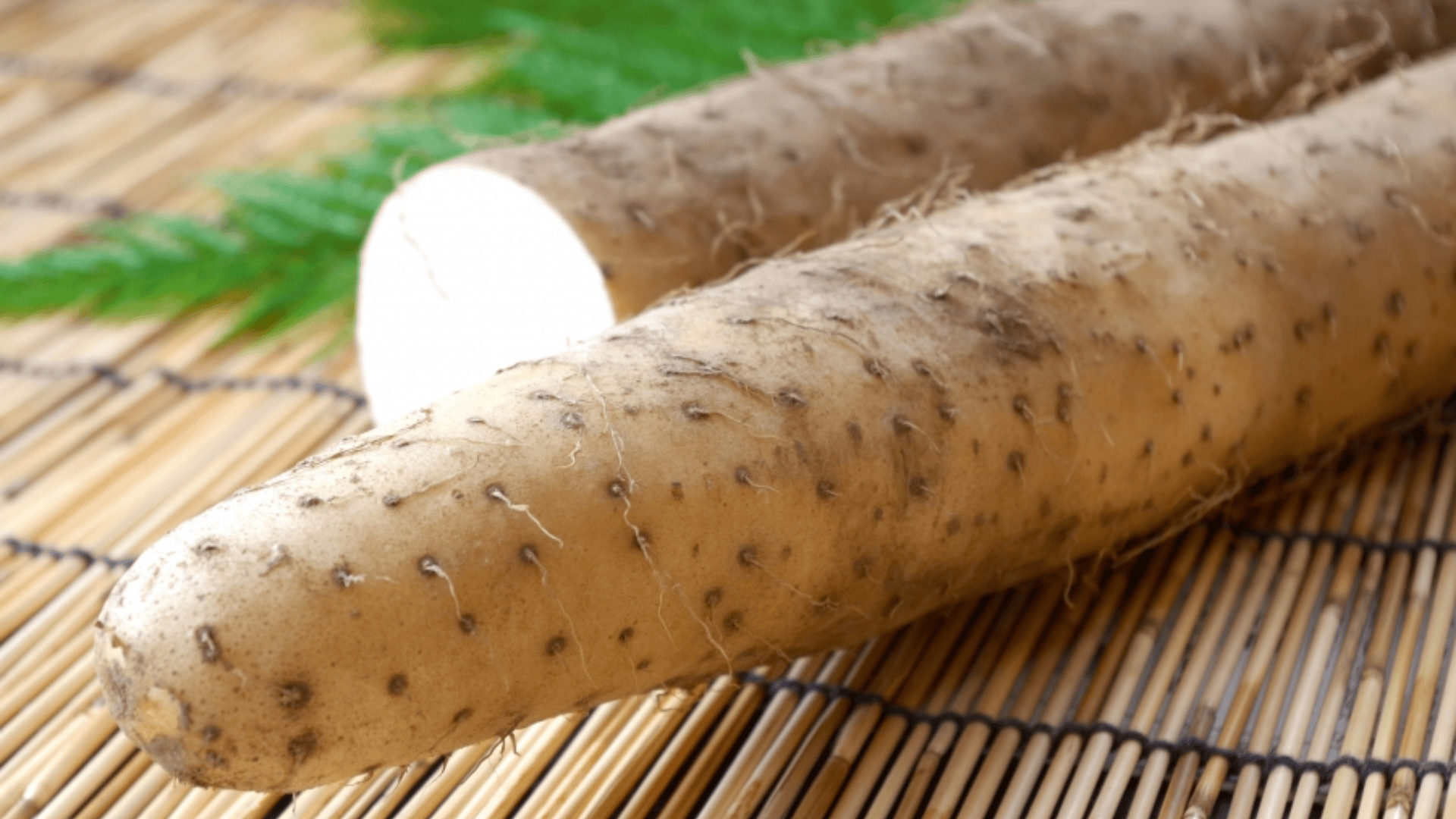
A unique yam with a slimy texture when raw, used in many Japanese and Chinese dishes for its starchy quality.
-
Origin: East Asia
-
Nutritional Benefit: Provides potassium, vitamin C, and dietary fiber.
-
Culinary Pairings: Often grated into soups or added to pancakes and stews.
-
Storage Tips: Wrap in paper towels and store in the refrigerator for up to two weeks.
4. Nanohana
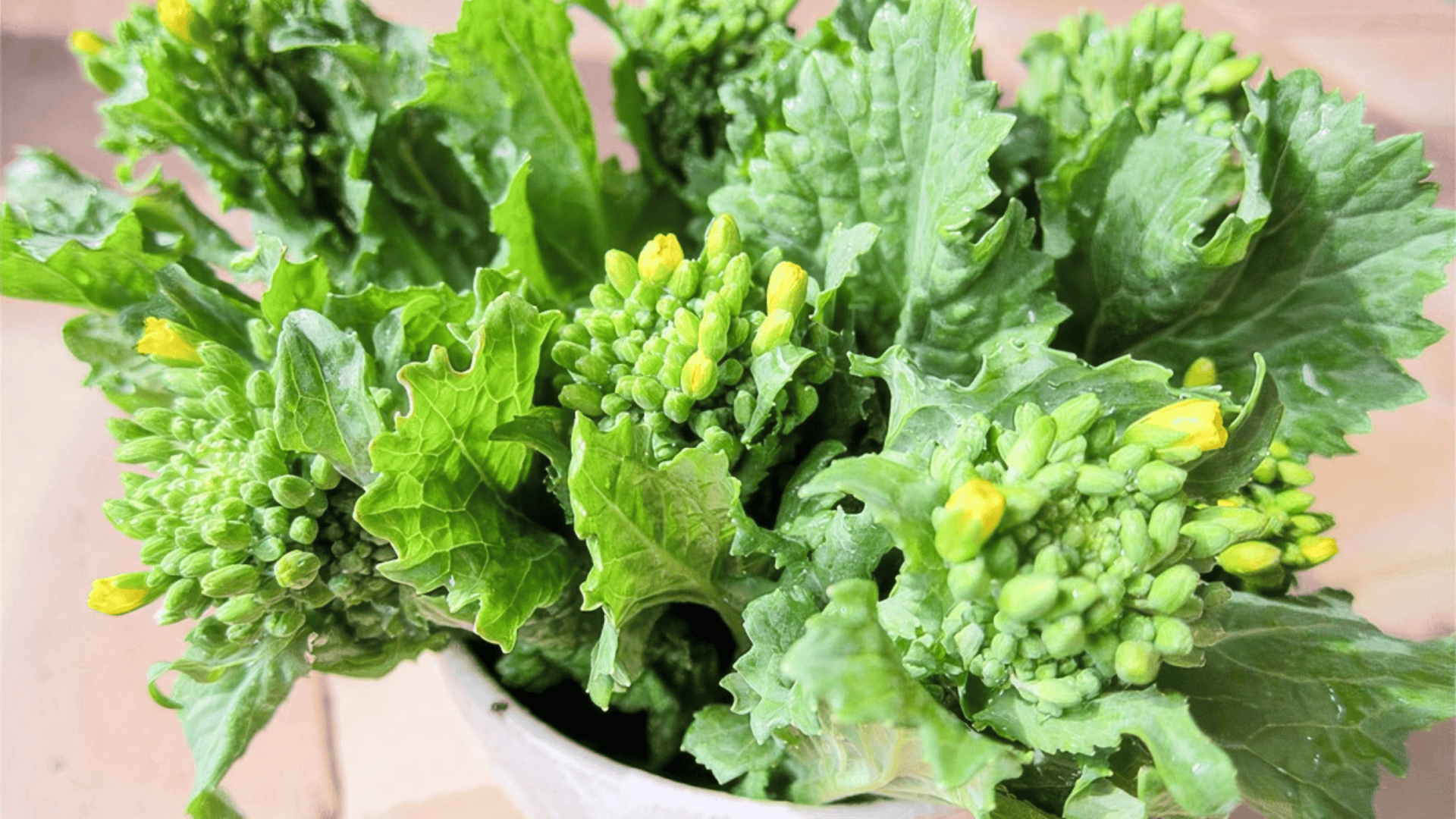
These are young flower buds and leaves of the rapeseed plant, often enjoyed in spring in Japanese cuisine.
-
Origin: Japan
-
Nutritional Benefit: Rich in vitamins C and K, supports immune and bone health.
-
Culinary Pairings: Works well in stir-fries, salads, or lightly blanched with soy dressing.
-
Storage Tips: Keep it refrigerated in a plastic bag and use it within 2–3 days.
5. Nantes Carrot
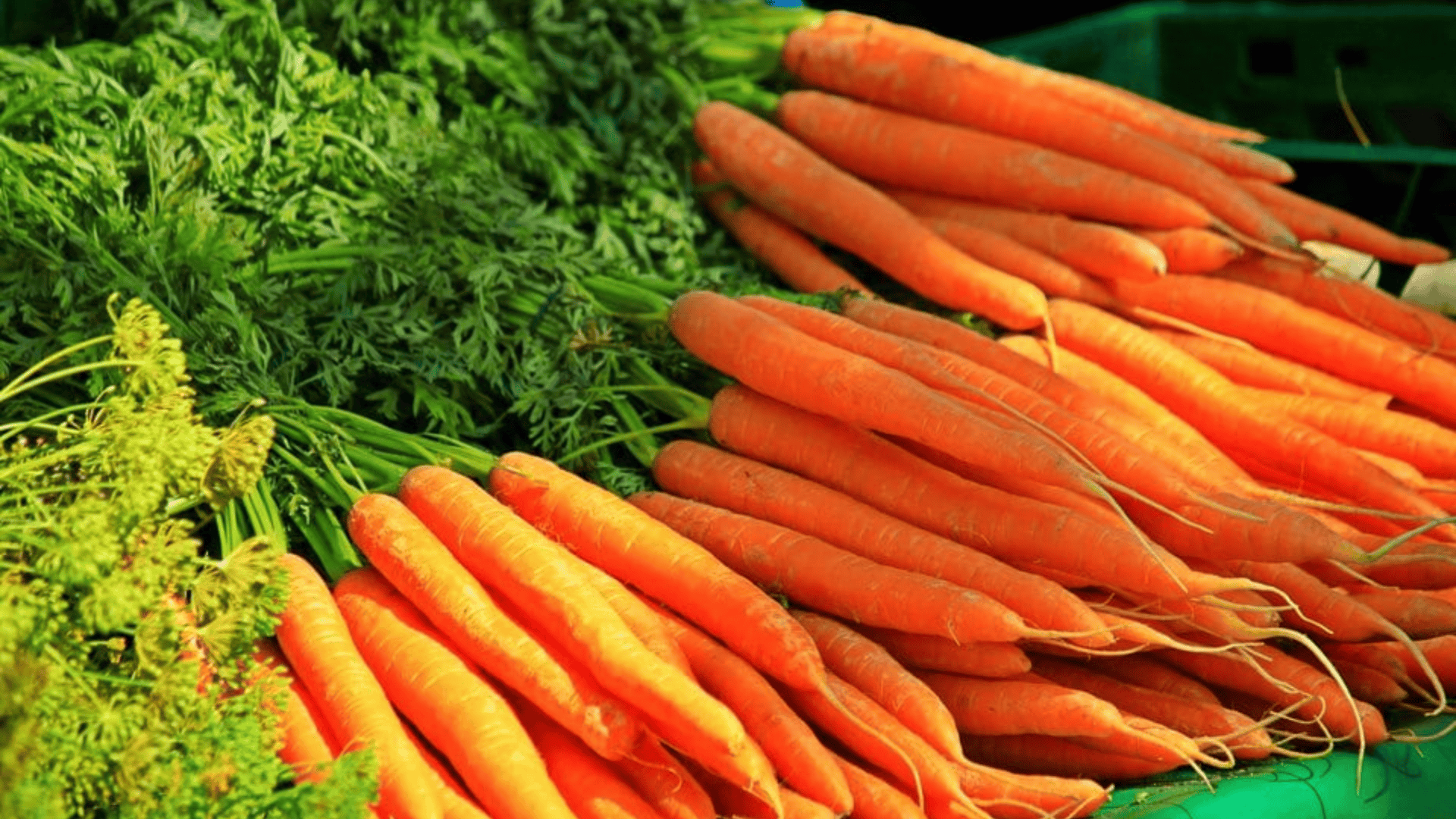
A cylindrical, sweet carrot variety known for its crisp texture and bright orange color.
-
Origin: France
-
Nutritional Benefit: High in beta-carotene, supports vision and skin health.
-
Culinary Pairings: Excellent raw in salads, roasted, or in soups.
-
Storage Tips: Store unwashed in a vegetable crisper drawer for up to 3 weeks.
6. Napa Cabbage
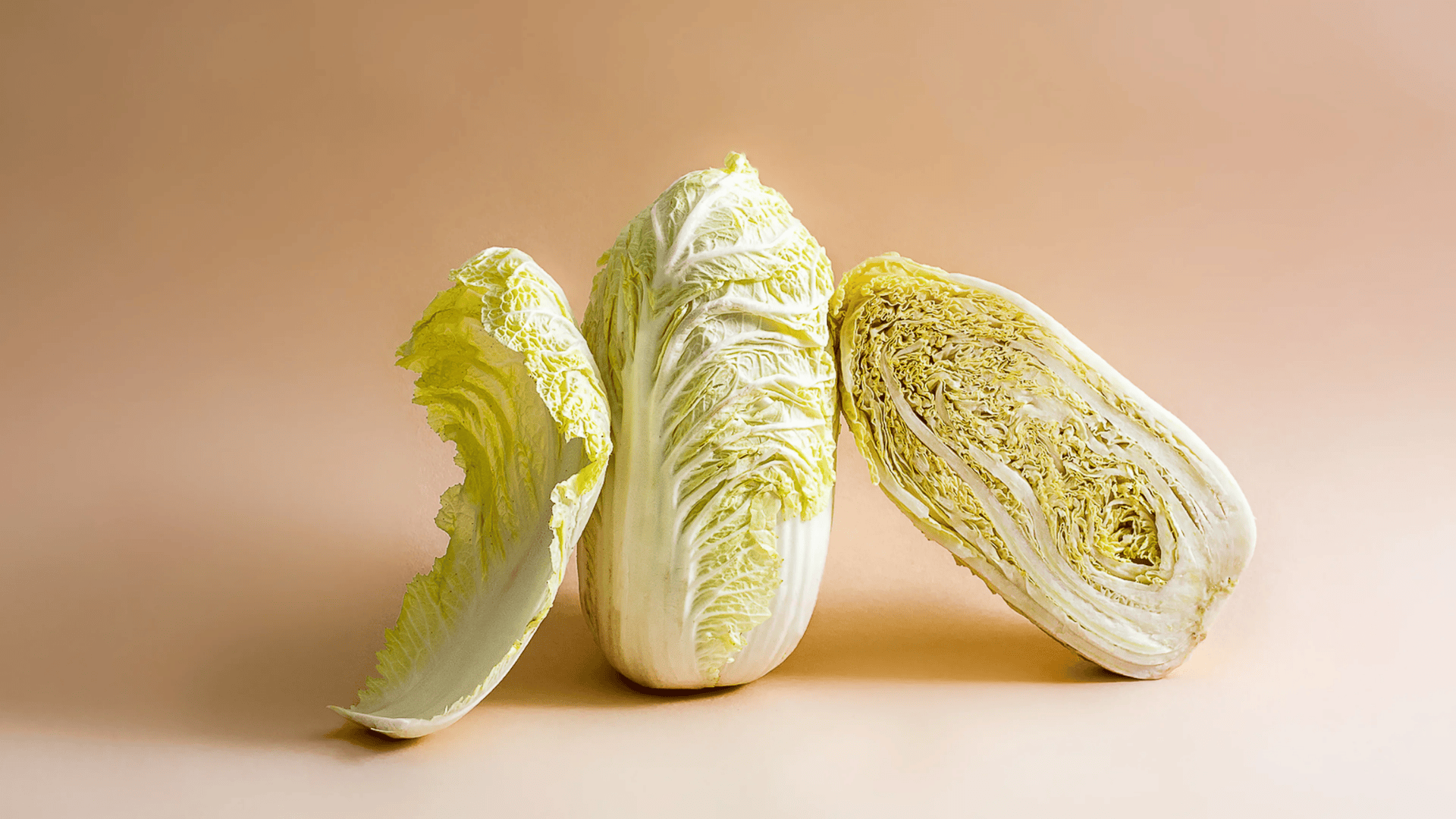
Also known as Chinese cabbage, it’s a leafy vegetable with a mild, slightly sweet flavor.
-
Origin: China
-
Nutritional Benefit: High in fiber, vitamin C, and folate.
-
Culinary Pairings: Ideal for kimchi, stir-fries, or fresh salads.
-
Storage Tips: Wrap in plastic and refrigerate for up to a week.
7. Napini Kale
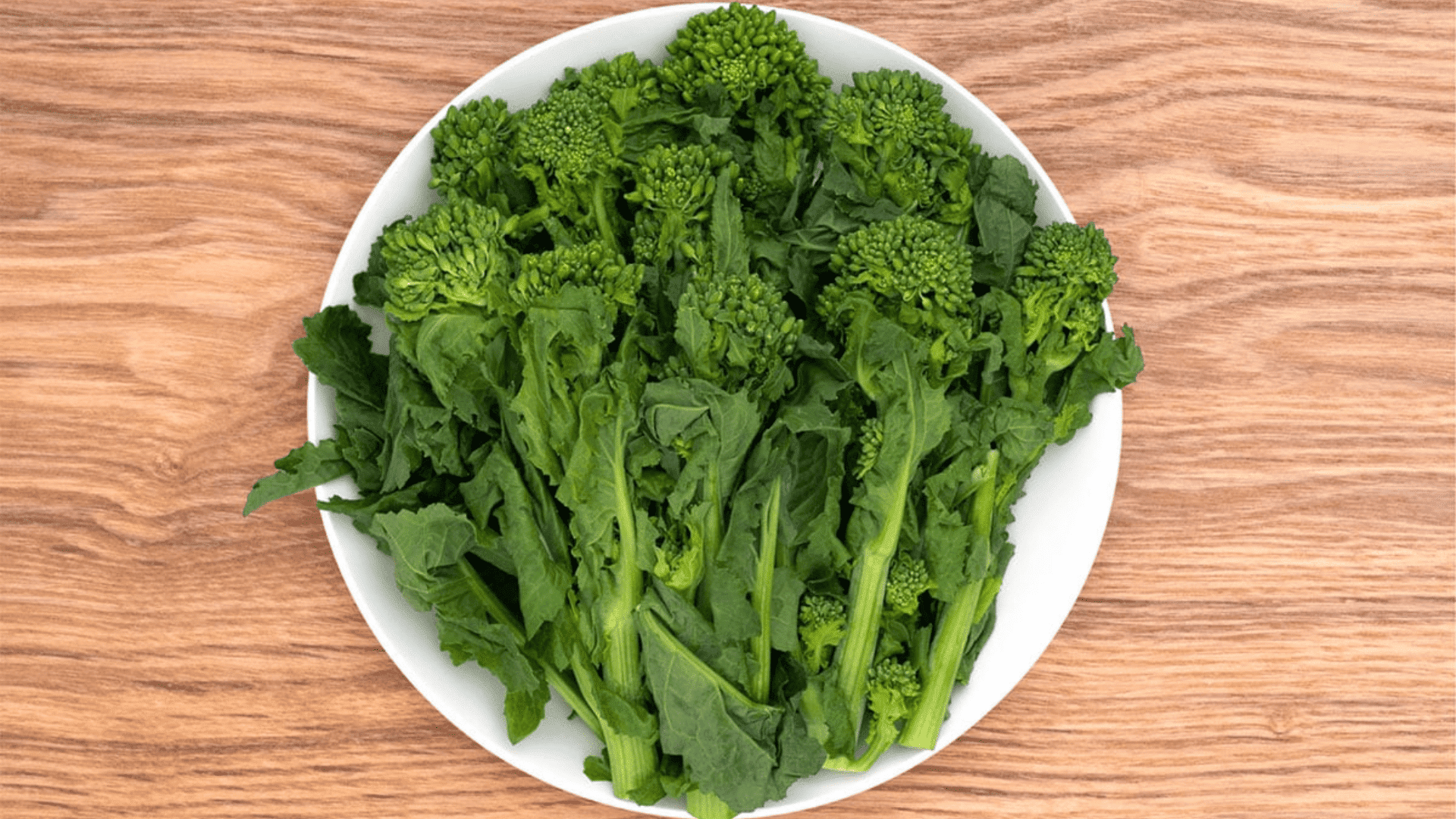
Napini refers to the flowering shoots of bolting kale, offering a sweet, peppery taste.
-
Origin: Cultivated globally, especially in cool climates
-
Nutritional Benefit: Contains vitamins A, K and antioxidants.
-
Culinary Pairings: Suitable for sautés, pasta dishes, and soups.
-
Storage Tips: Keep it refrigerated and use it within a few days of harvest.
8. Napoli Tomatoes
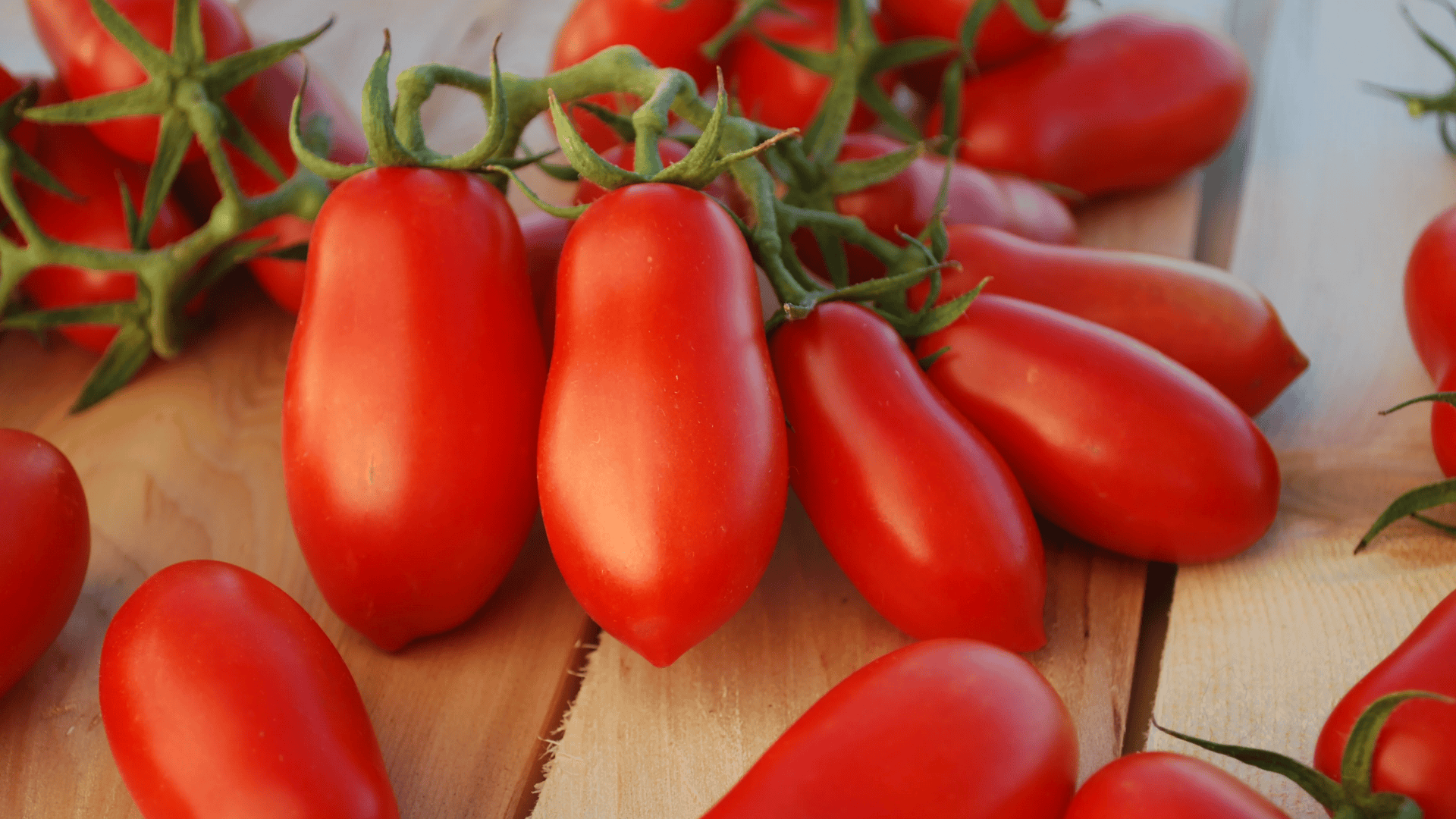
Also called San Marzano, these plum tomatoes are known for their rich flavor and low acidity.
-
Origin: Campania, Italy
-
Nutritional Benefit: Good source of lycopene and vitamin C.
-
Culinary Pairings: Perfect for sauces, pasta dishes, and stews.
-
Storage Tips: Store at room temperature; refrigerate only if overripe.
9. Nasturtium
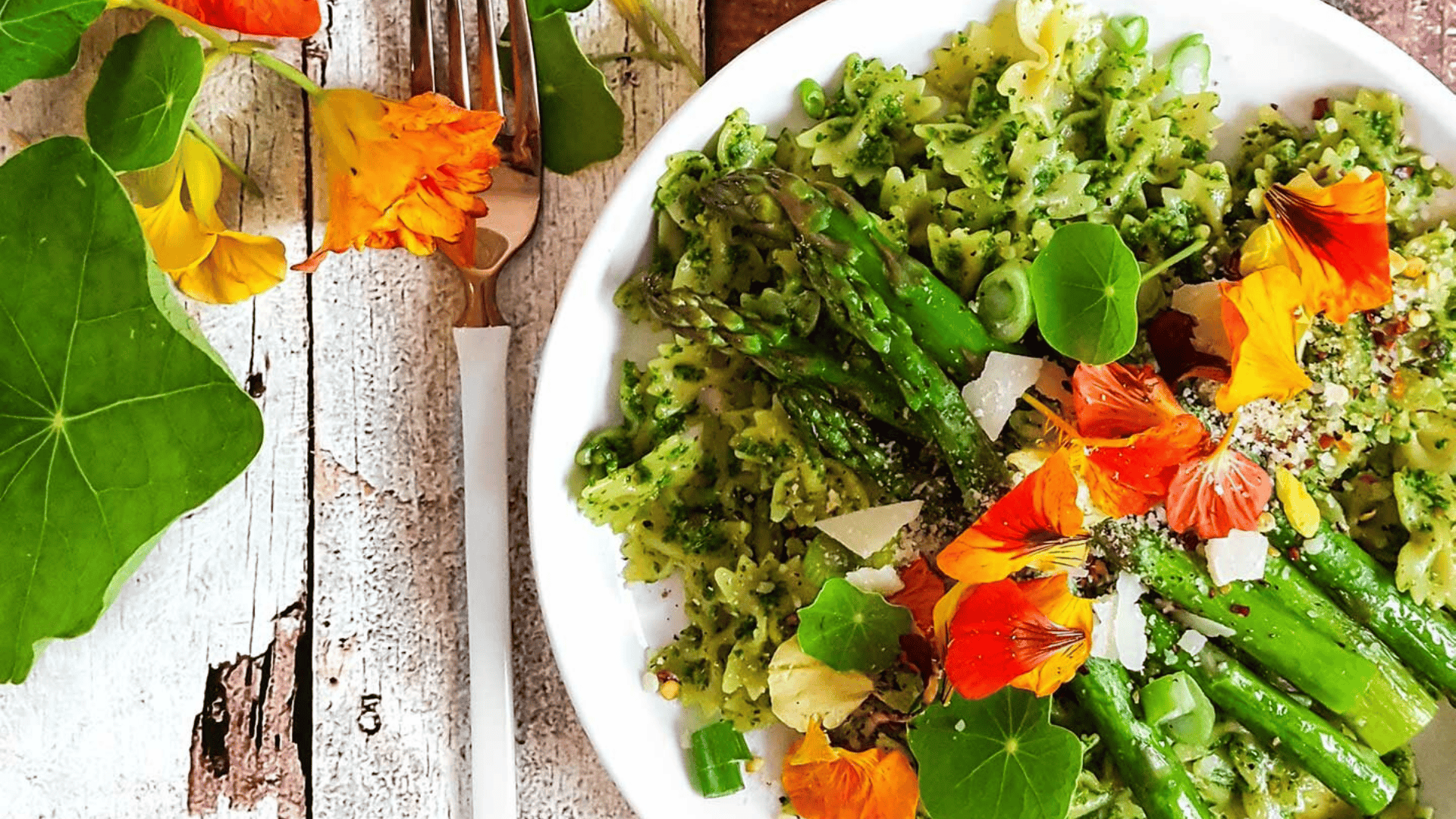
An edible plant with peppery-tasting leaves and vibrant flowers often used as garnish.
-
Origin: South America
-
Nutritional Benefit: Rich in vitamin C and antioxidants.
-
Culinary Pairings: Great in salads, open sandwiches, or as edible decorations.
-
Storage Tips: Use fresh; refrigerate wrapped in damp paper towels for a day or two.
10. Navy Beans
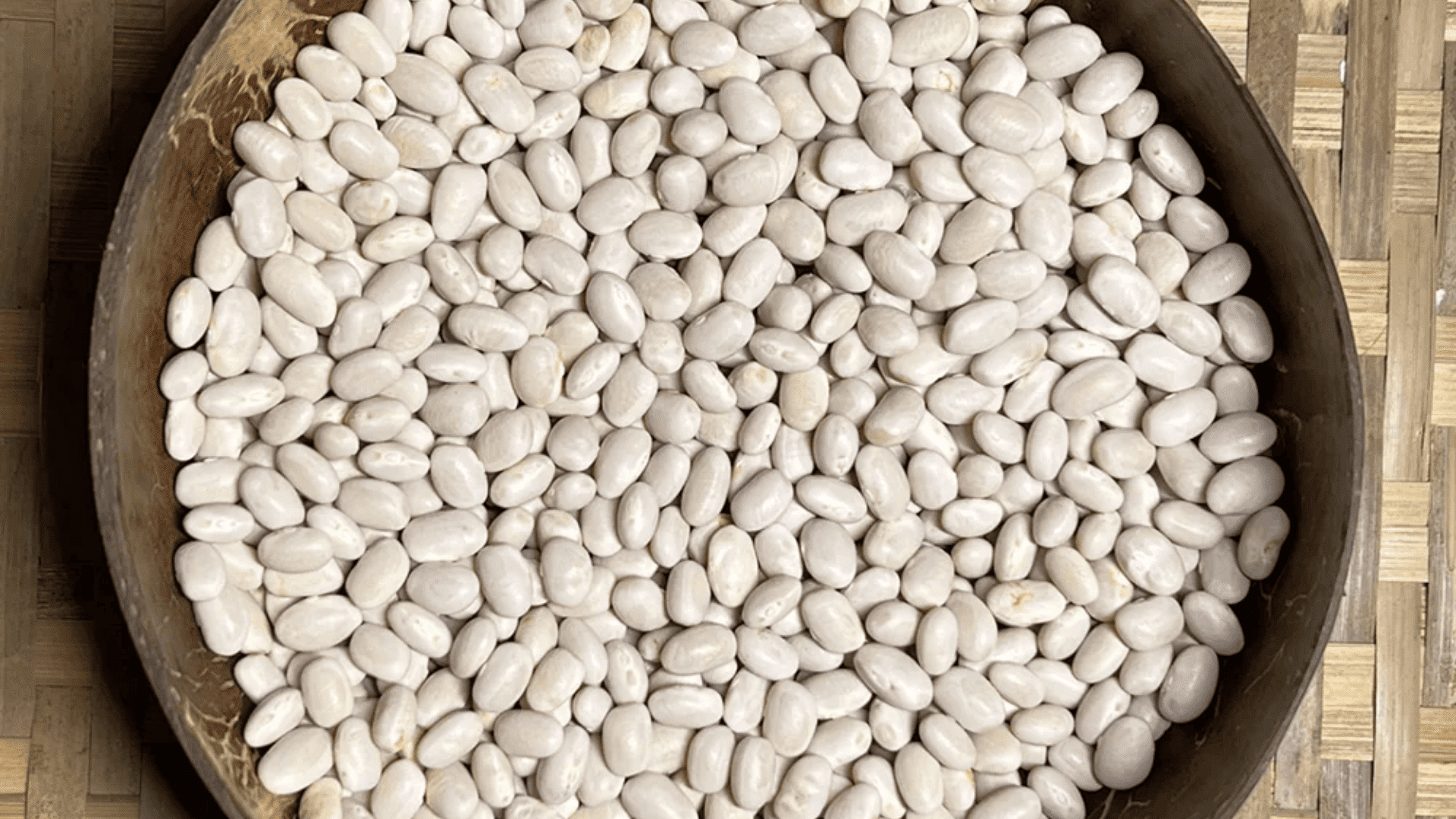
Small white beans are used widely in baked dishes and soups, known for their creamy texture.
-
Origin: North America
-
Nutritional Benefit: High in protein, fiber, and iron.
-
Culinary Pairings: Ideal in soups, stews, and casseroles.
-
Storage Tips: Store dry beans in a cool, dry place; refrigerate cooked beans for up to 5 days.
11. Neem
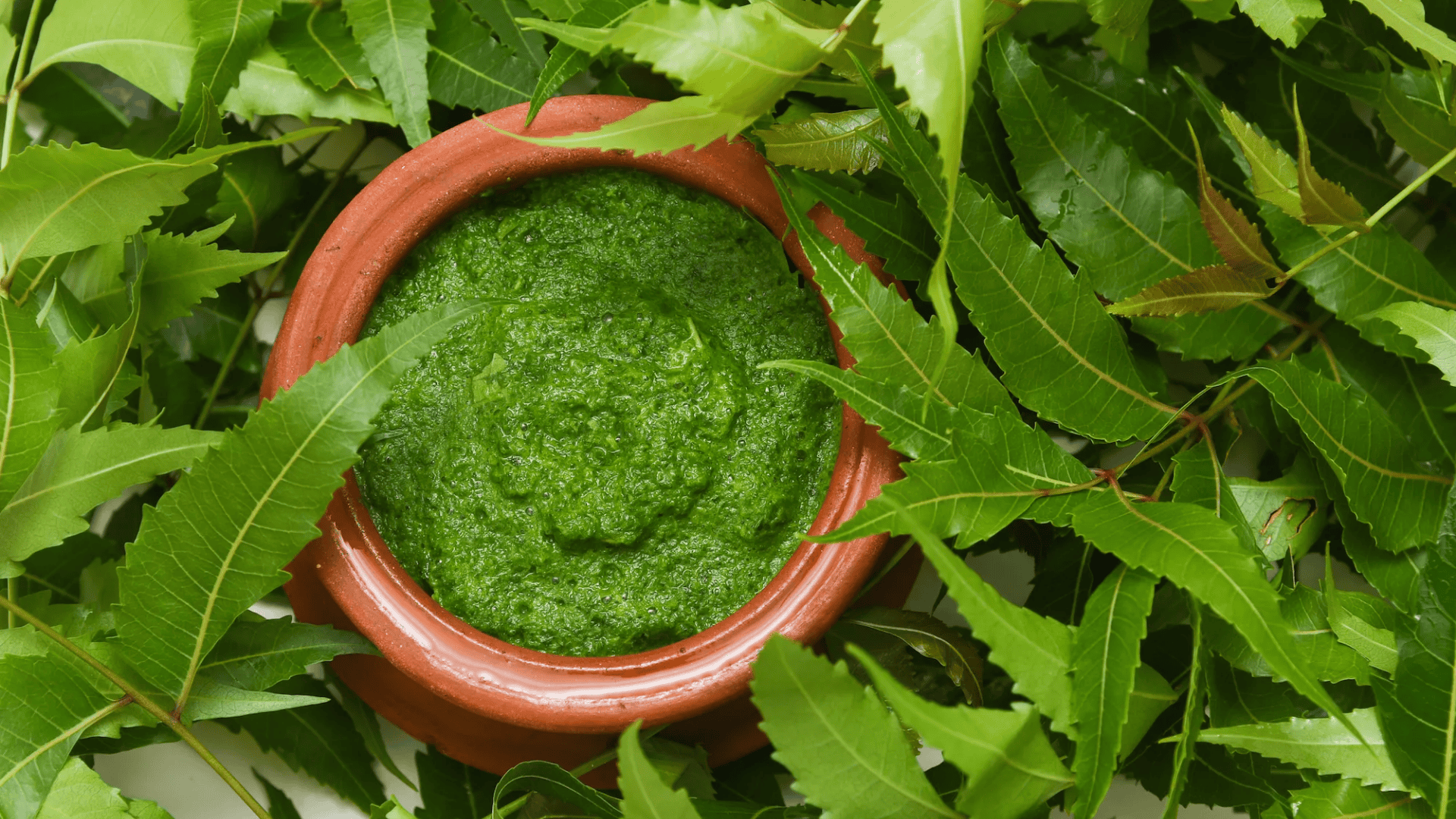
Though primarily used medicinally, neem leaves are occasionally used in traditional Indian cooking for their bitter flavor and health properties.
-
Origin: Indian subcontinent
-
Nutritional Benefit: Contains antibacterial and antifungal compounds; supports immune and liver health.
-
Culinary Pairings: Used in small amounts in dals and medicinal teas.
-
Storage Tips: Store fresh leaves in the refrigerator for up to a week or dry and keep in an airtight container.
12. Neeps
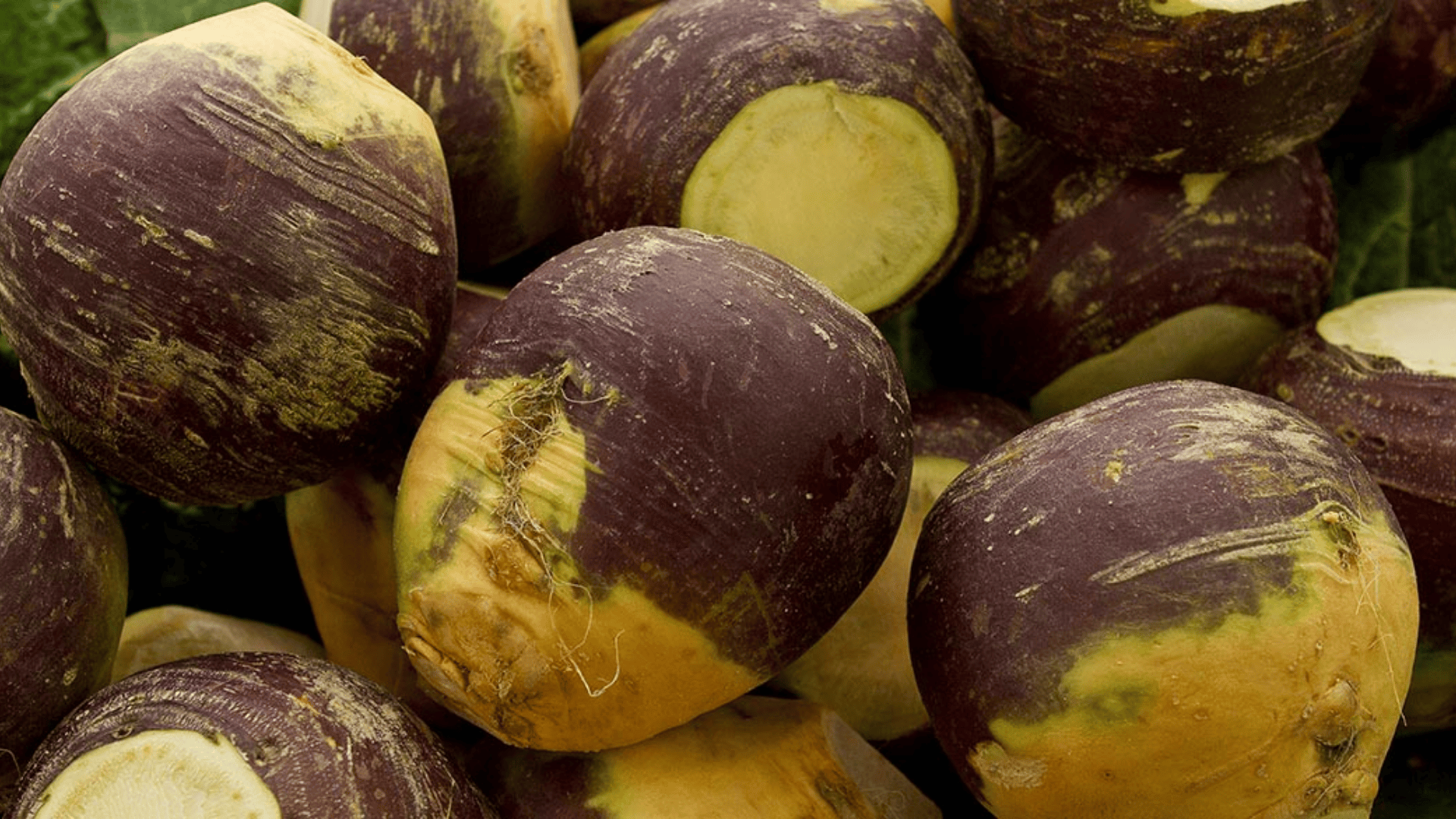
Scottish term for turnips, neeps are root vegetables with a mildly sweet, earthy flavor.
-
Origin: Europe (widely cultivated in the UK)
-
Nutritional Benefit: Good source of vitamin C, fiber, and potassium.
-
Culinary Pairings: Commonly mashed, roasted, or served with haggis.
-
Storage Tips: Store in a cool, dark place or refrigerate for up to two weeks.
13. Nettles
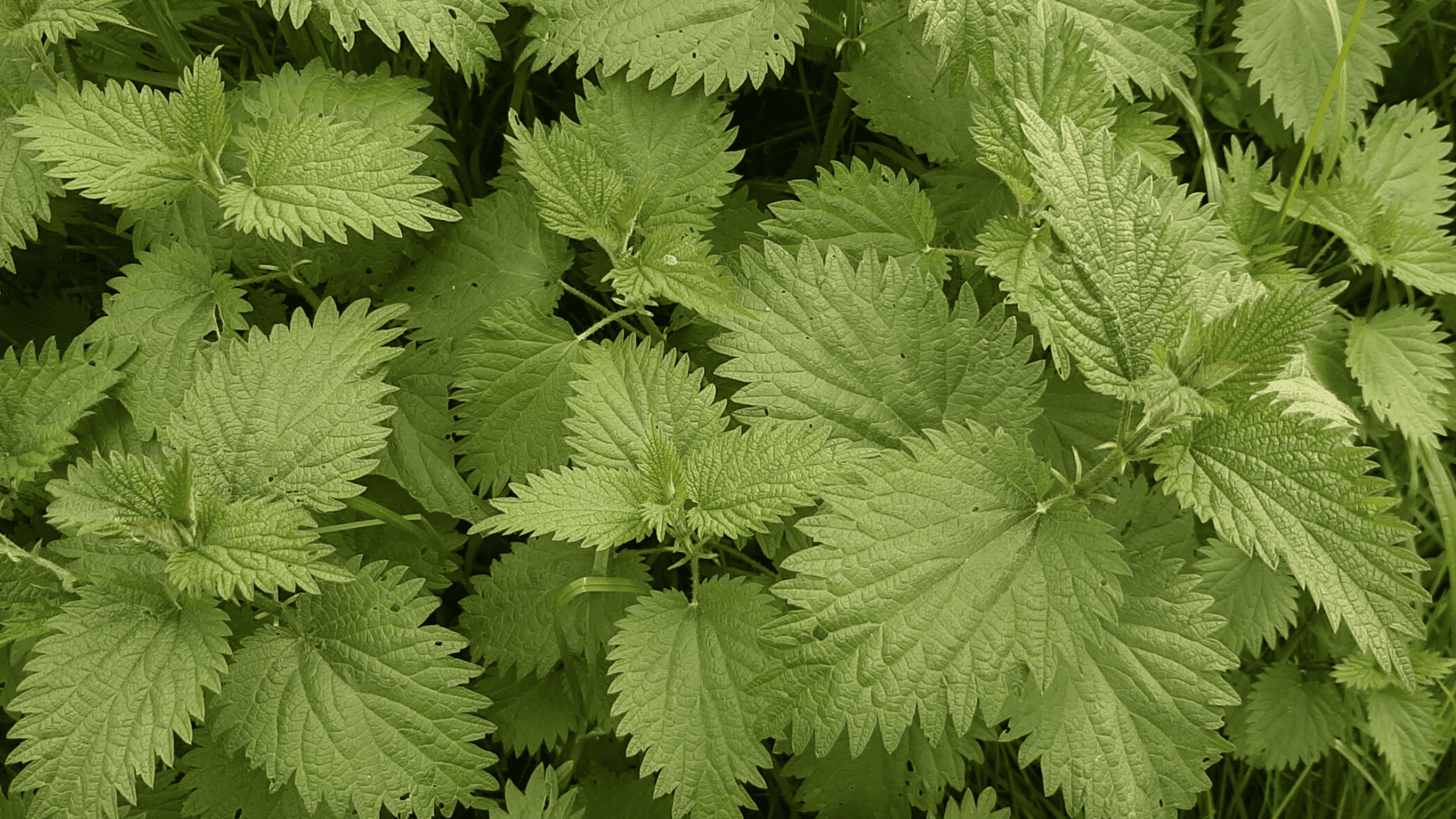
Stinging nettles become edible when cooked and are known for their earthy, spinach-like flavor.
-
Origin: Europe, Asia, and North America
-
Nutritional Benefit: Rich in calcium, iron, magnesium, and vitamin A.
-
Culinary Pairings: Used in soups, pestos, teas, and as a spinach substitute.
-
Storage Tips: Use gloves when handling raw; store in a sealed bag in the refrigerator for a few days.
14. New Potato
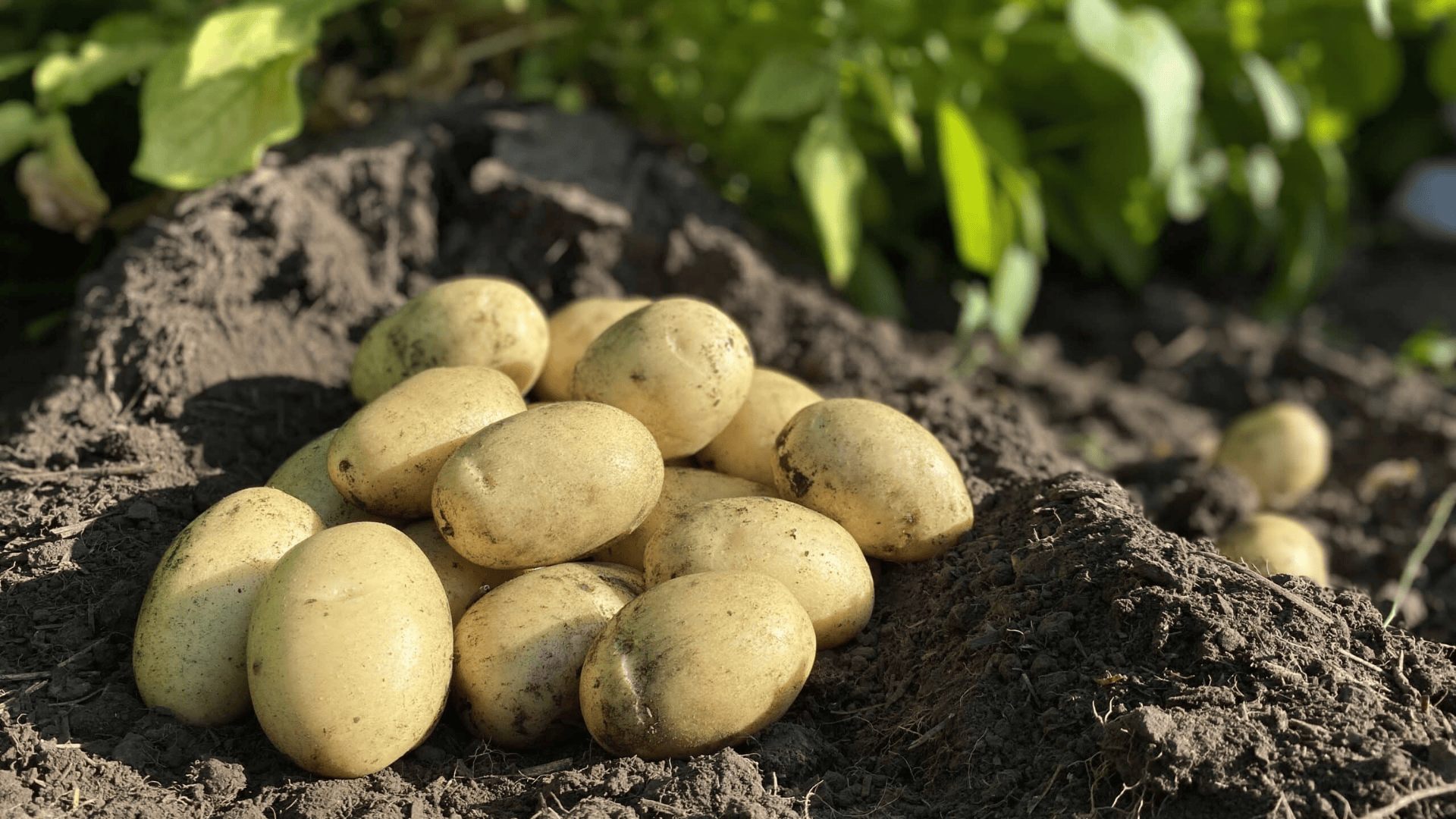
These are young, freshly harvested potatoes with thin skins and a sweet flavor.
-
Origin: Global (cultivar varies by region)
-
Nutritional Benefit: Contains vitamin C, potassium, and fiber.
-
Culinary Pairings: Best boiled, steamed, or roasted with herbs.
-
Storage Tips: Store in a cool, dark place and use within a week for best texture.
15. New Zealand Spinach
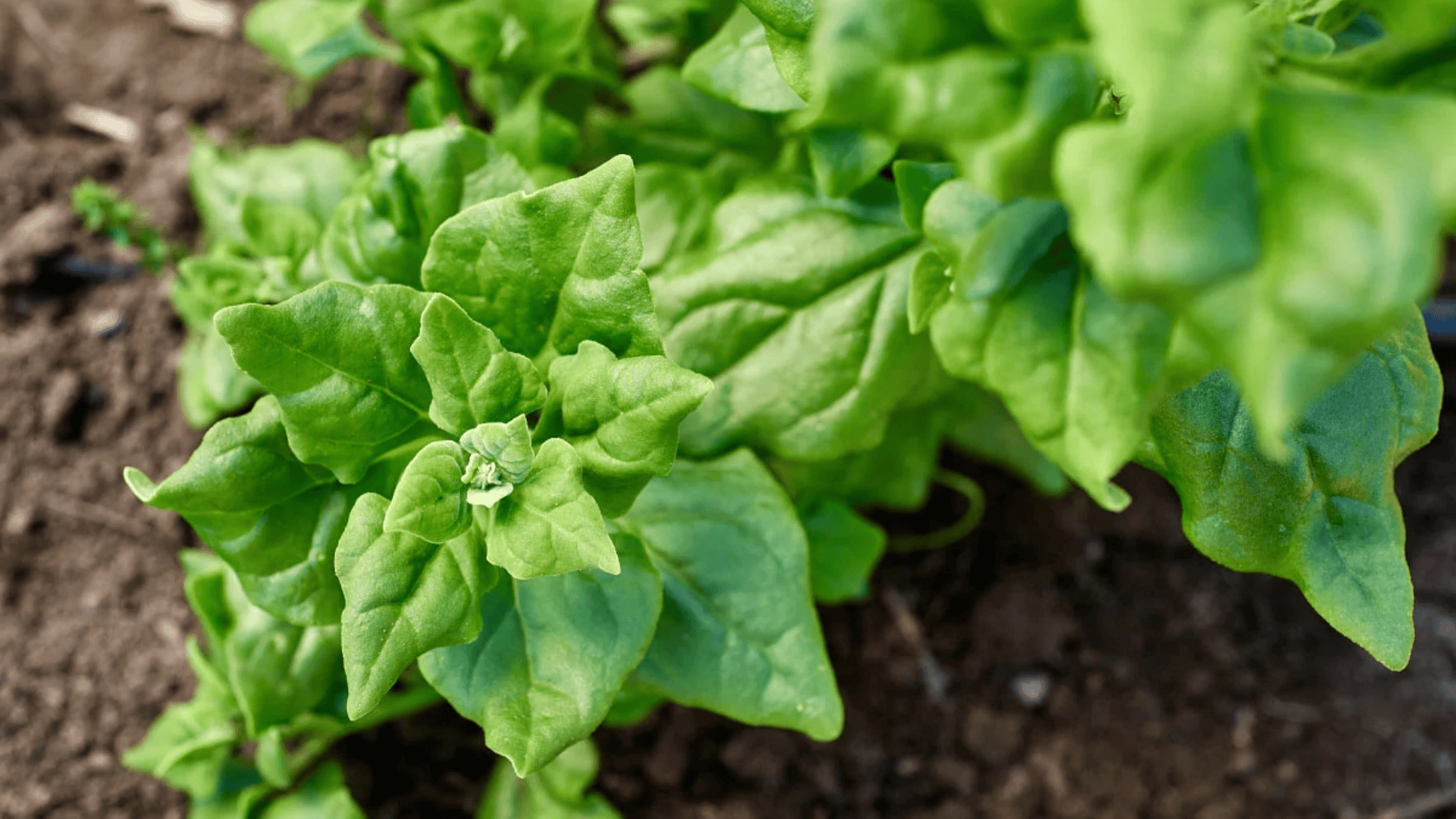
A warm-weather alternative to traditional spinach with thick, succulent leaves.
-
Origin: New Zealand and Australia
-
Nutritional Benefit: High in vitamin A, C, and calcium.
-
Culinary Pairings: Suitable for stir-fries, soups, and salads.
-
Storage Tips: Wrap in a damp paper towel and refrigerate in a plastic bag for up to 4 days.
16. New Zealand Yam
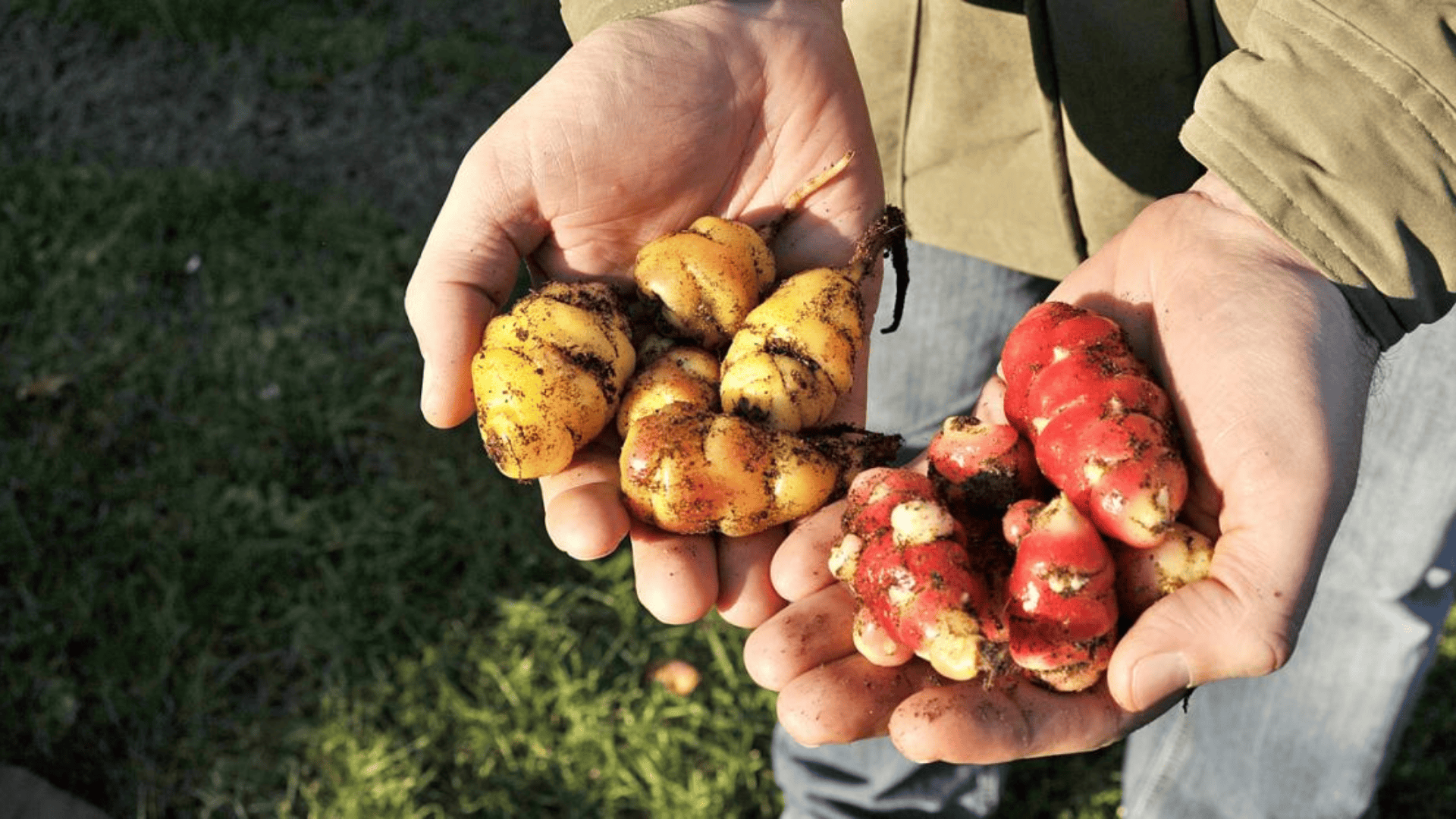
Also known as oca, this colorful tuber has a tangy, slightly sweet flavor.
-
Origin: South America (Andes region)
-
Nutritional Benefit: Provides fiber, vitamin C, and iron.
-
Culinary Pairings: Delicious roasted in stews or added to curries.
-
Storage Tips: Keep in a paper bag in a cool, dry place for up to a week.
17. Nigella
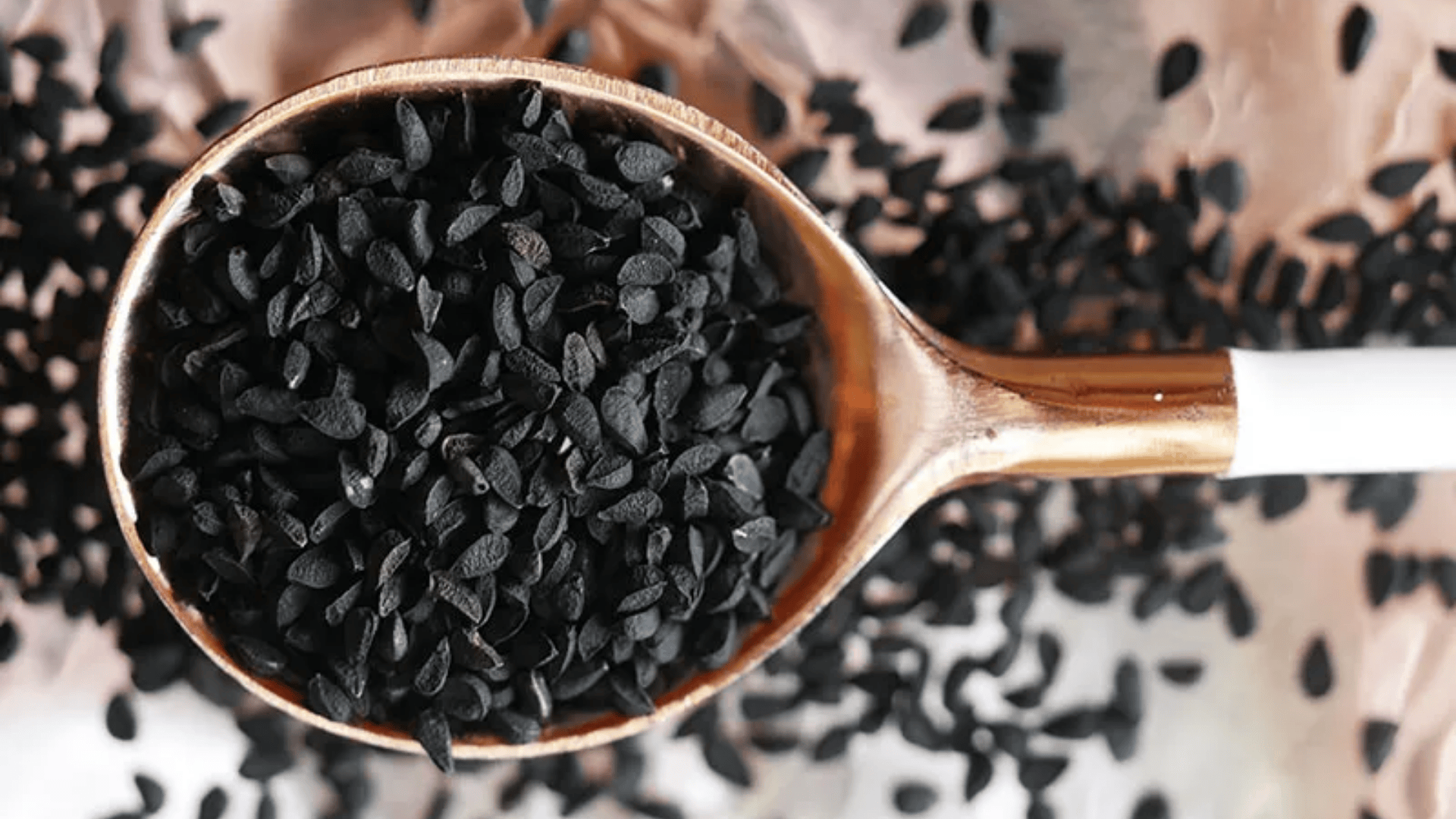
Commonly referred to as black onion seed, it’s a spice rather than a traditional vegetable.
-
Origin: Middle East and South Asia
-
Nutritional Benefit: Contains antioxidants and may support digestive health.
-
Culinary Pairings: Sprinkled on breads, added to curries, or used in pickling.
-
Storage Tips: Store seeds in a sealed container in a dark, cool pantry.
18. Nopal
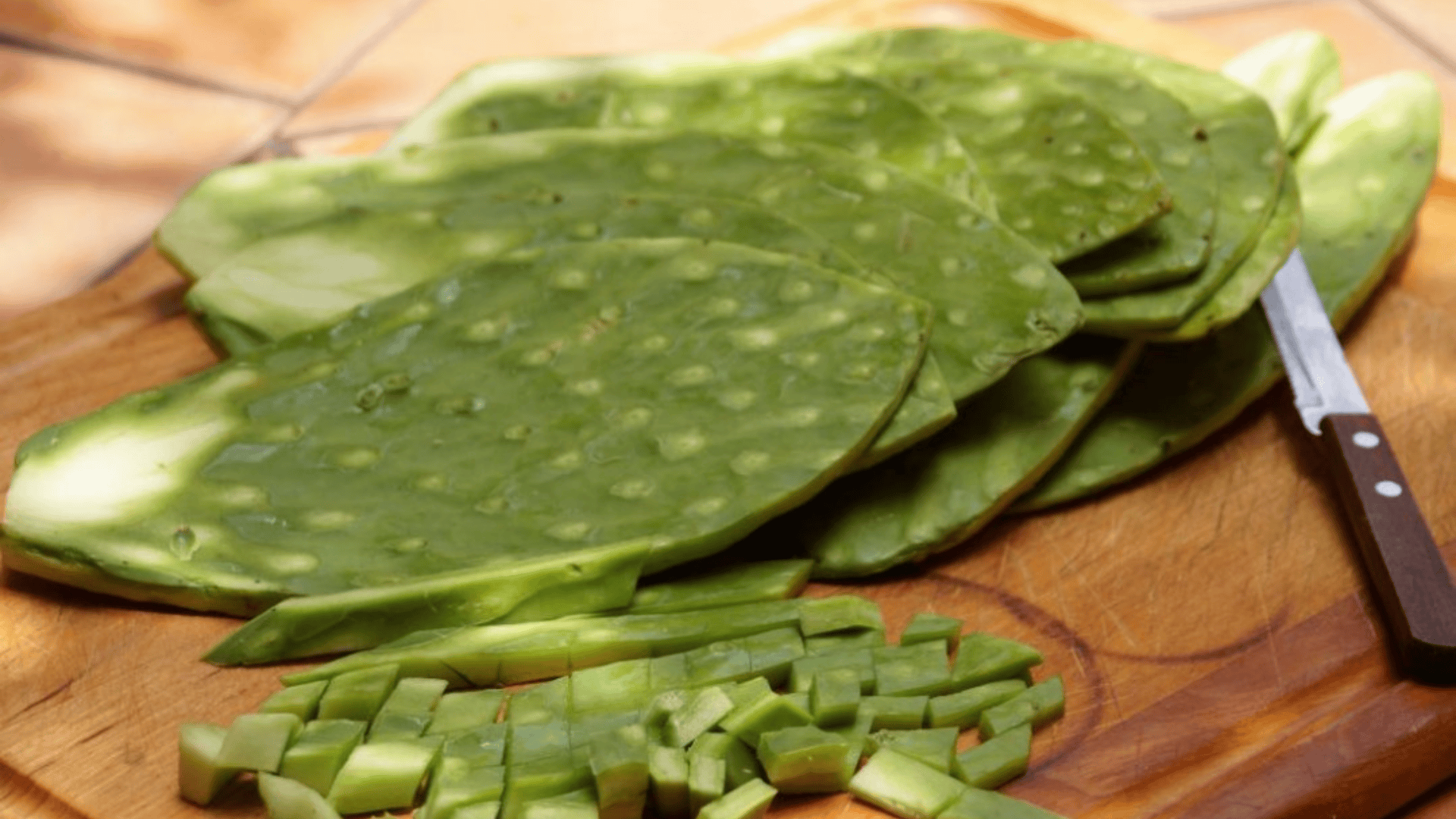
The flat pads of the prickly pear cactus, nopal is eaten cooked and has a slightly tangy taste.
-
Origin: Mexico
-
Nutritional Benefit: High in fiber, antioxidants, and vitamin C.
-
Culinary Pairings: Great grilled, sautéed, or added to tacos and salads.
-
Storage Tips: Keep in the refrigerator for up to a week after de-thorning and cleaning.
19. Nopales
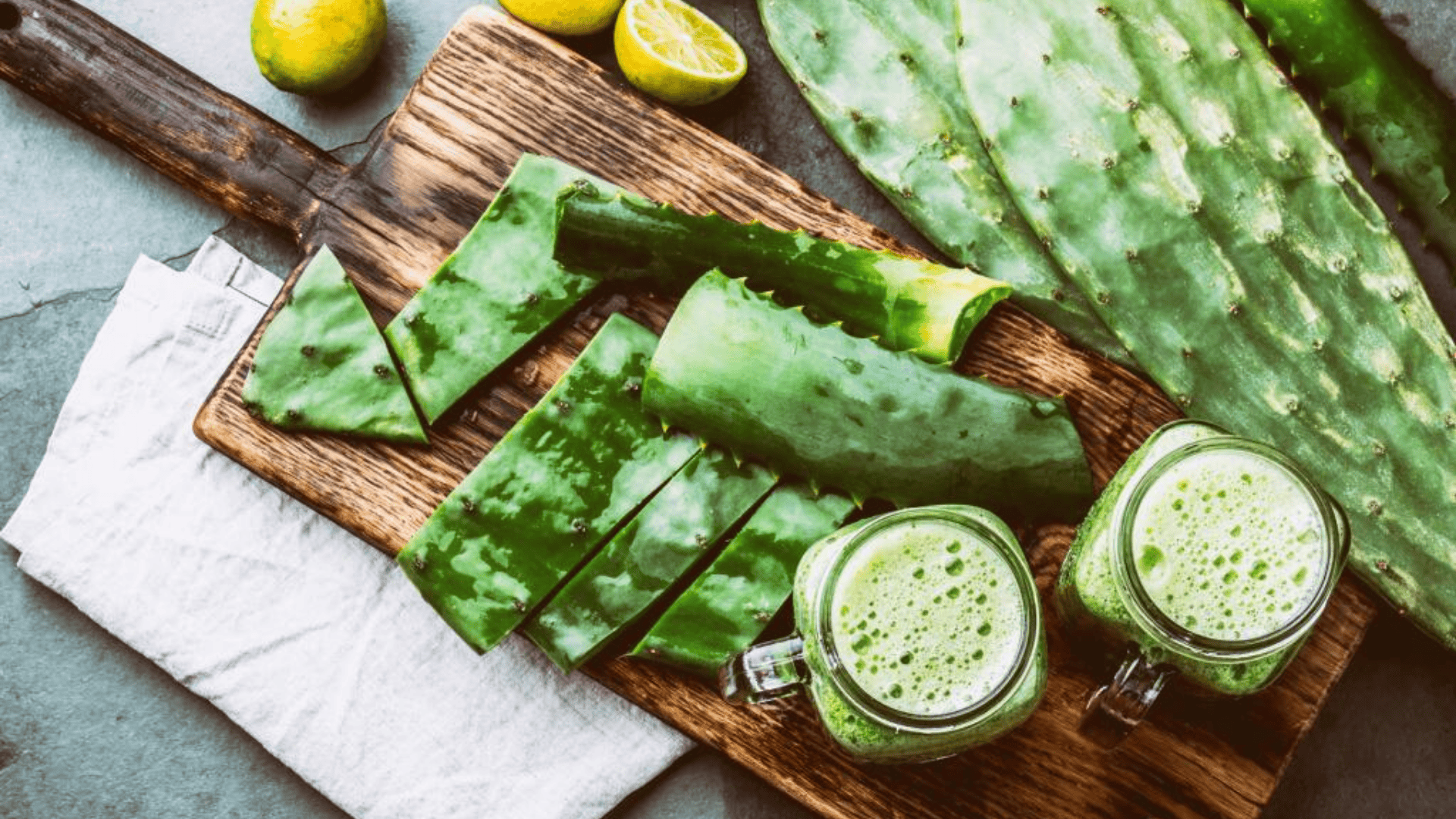
Essentially cleaned and sliced nopal pads, they’re commonly used in Mexican cuisine.
-
Origin: Mexico
-
Nutritional Benefit: Supports blood sugar regulation and digestive health.
-
Culinary Pairings: Found in scrambled eggs, salsas, and soups.
-
Storage Tips: Store sliced in an airtight container for up to 5 days in the fridge.
20. Nopalito

Chopped or diced versions of nopales, often canned or jarred for convenience.
-
Origin: Mexico
-
Nutritional Benefit: Provides fiber, calcium, and vitamin C.
-
Culinary Pairings: Works well in tacos, salads, and scrambled eggs.
-
Storage Tips: Keep unopened jars in a pantry; refrigerate after opening and use within a week.
21. Nori
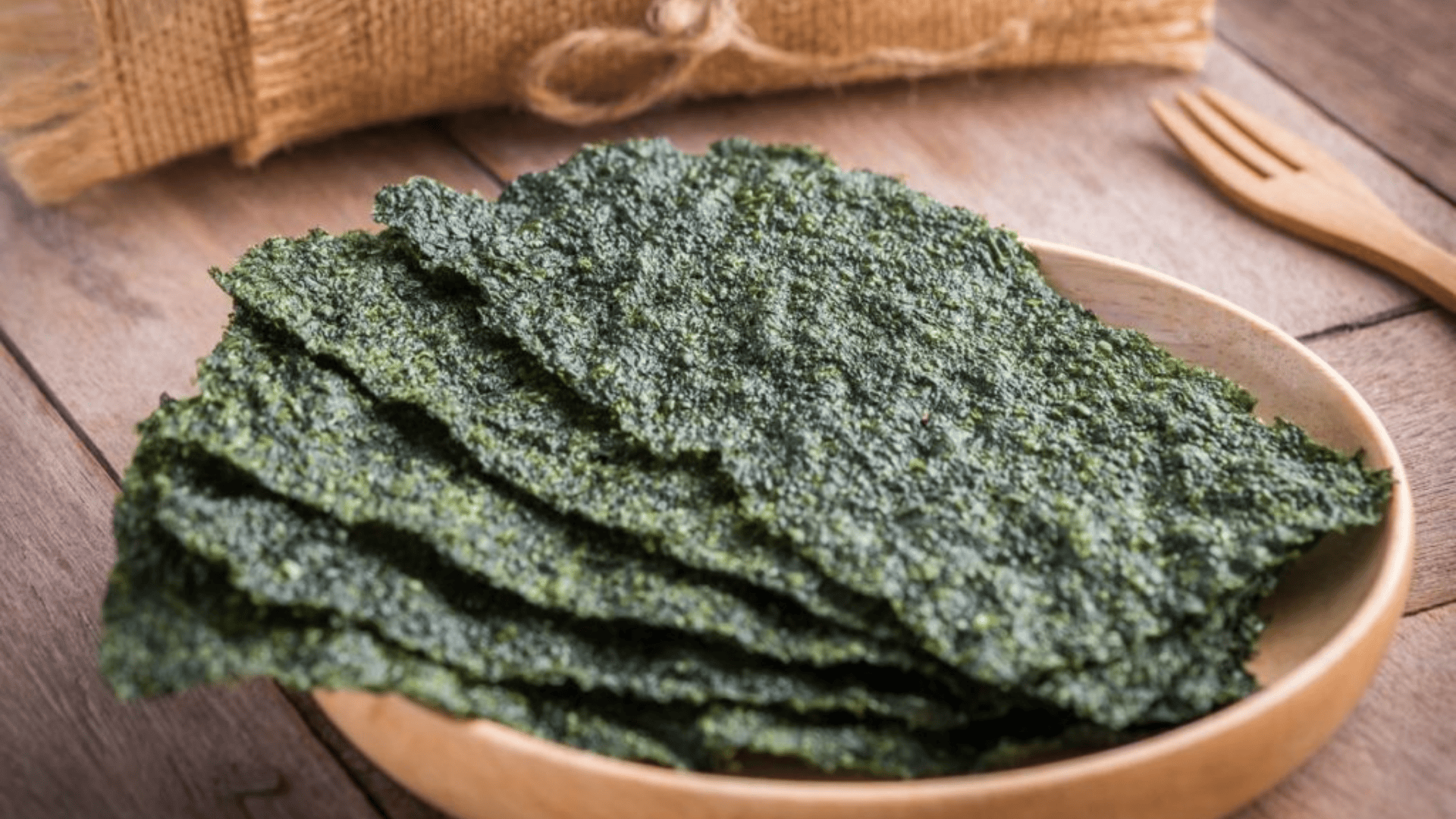
A seaweed commonly used in sushi, nori is thin, dark green, and rich in umami flavor.
-
Origin: Japan and Korea
-
Nutritional Benefit: Rich in iodine, protein, and B vitamins.
-
Culinary Pairings: Used in sushi, rice balls, and as a snack.
-
Storage Tips: Store in a sealed container away from moisture to prevent sogginess.
22. Numex Chile Peppers
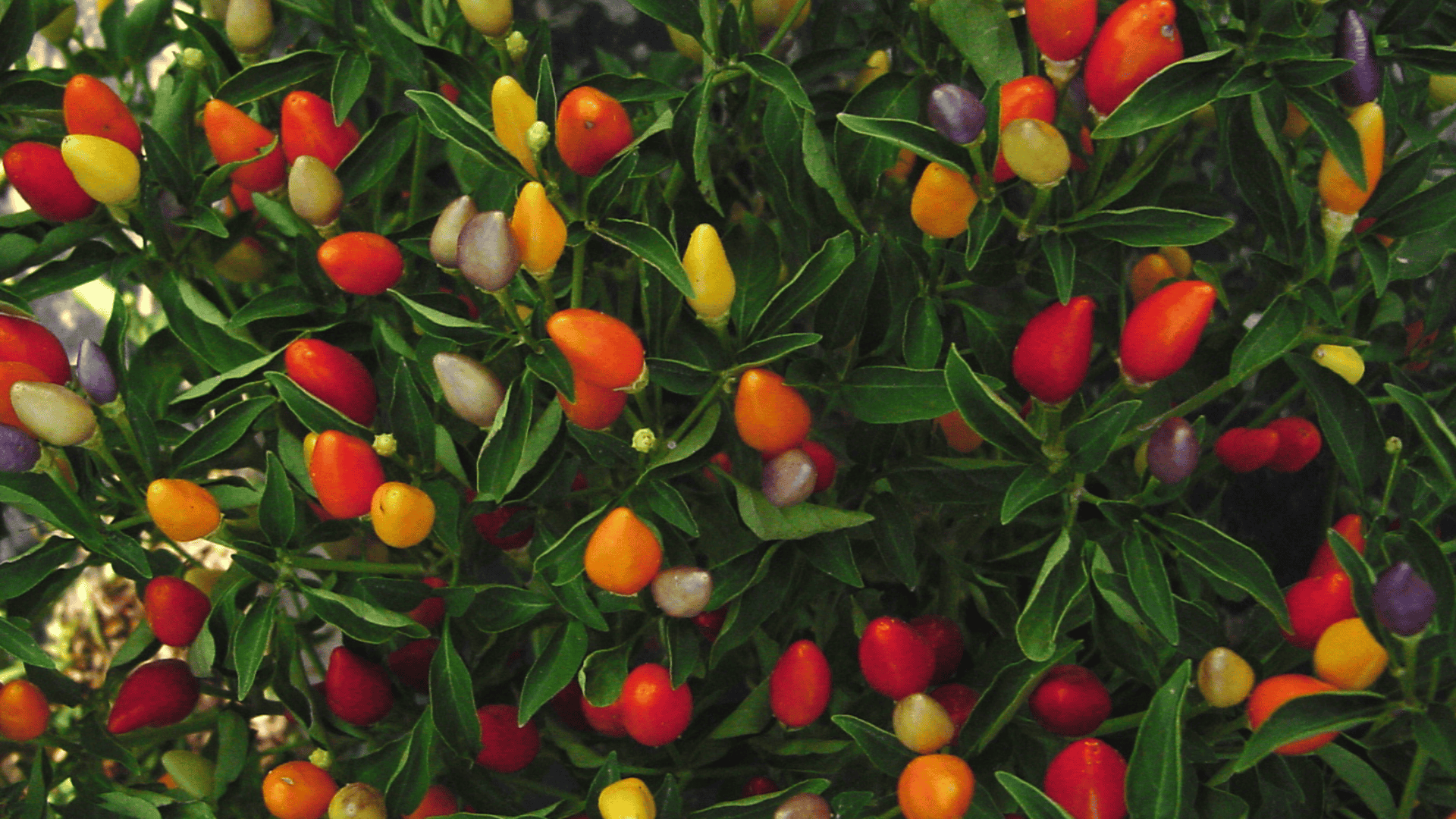
Developed at New Mexico State University, these peppers range from sweet to moderately spicy.
-
Origin: New Mexico, USA
-
Nutritional Benefit: Contains vitamin C, beta-carotene, and capsaicin.
-
Culinary Pairings: Perfect in salsas, enchiladas, and roasted dishes.
-
Storage Tips: Store fresh in the refrigerator or dry for long-term use.
Wrapping It Up!
From the nutty flavors of navy beans to the nuanced textures of nori seaweed, each vegetable offers unique benefits to our health and culinary repertoire.
These vegetables showcase nature’s remarkable diversity, providing essential vitamins, minerals, and phytonutrients while adapting to various growing conditions around the globe.
Many remain underutilized despite their exceptional nutritional profiles and distinctive flavors.
We’ve only scratched the surface of what these vegetables offer, but we hope this guide inspires you to incorporate more “N” vegetables into your diet.
Remember, nutritional variety is key to optimal health – so the next time you’re shopping, consider adding these noteworthy vegetables to your cart!
If you’re interested in more informative animal and wildlife content, feel free to click here and explore other blogs that you might enjoy!

